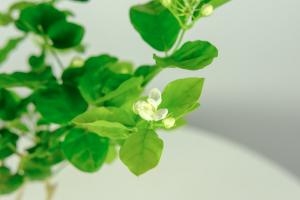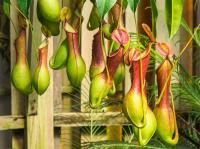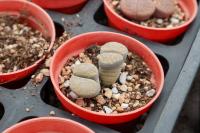Fleshy
It's hot. For meat, the most important thing is to control water. But many flower friends are always worried about "thirsty" for more meat. They can't control watering every time, which is easy to cause more meat and rotten roots
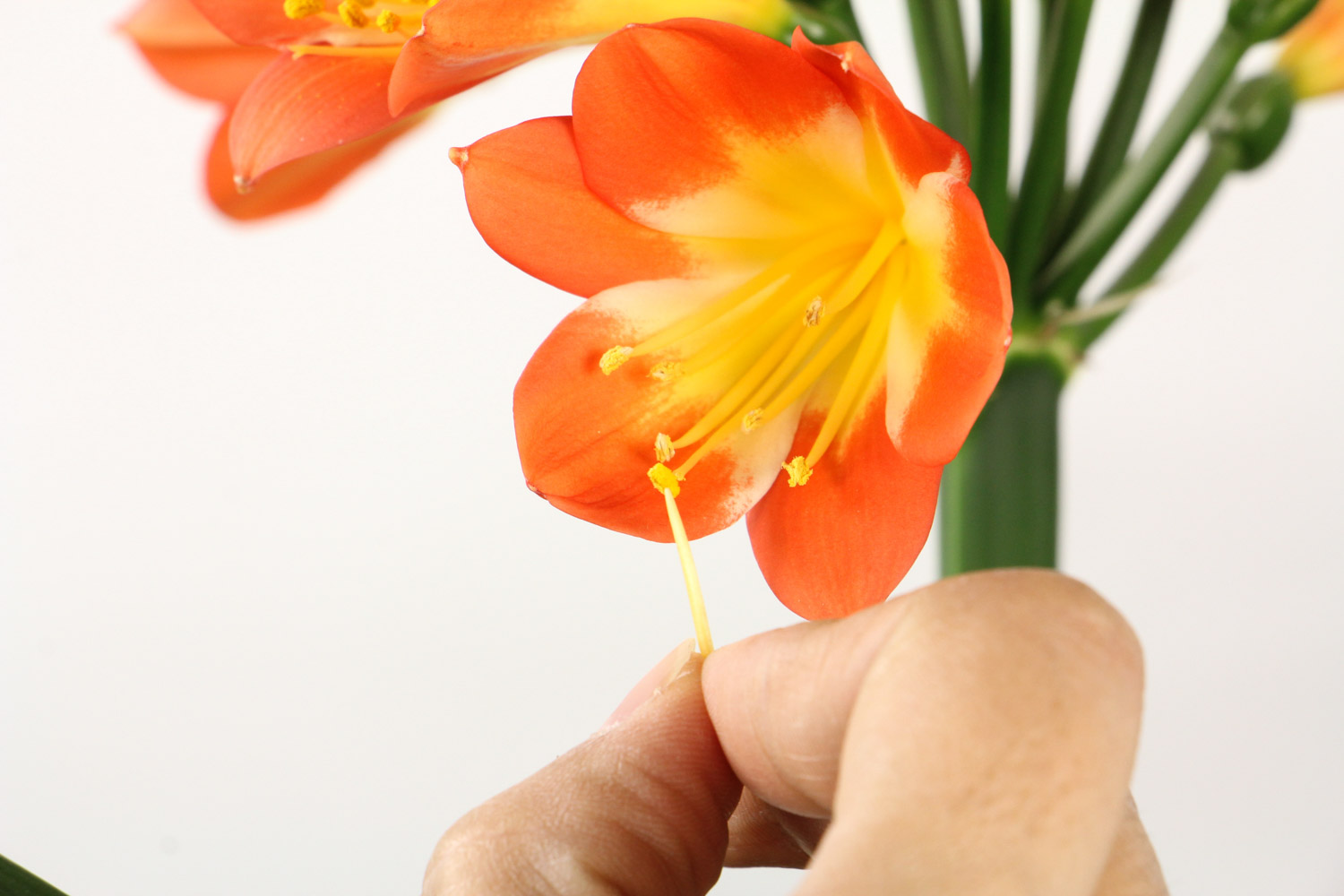
1. Trim rotten parts
Check the rotten condition of the fleshy root. If it is slightly rotten, cut off the rotten root with scissors
If the rot is serious, you need to cut off all the roots and keep only the fleshy head
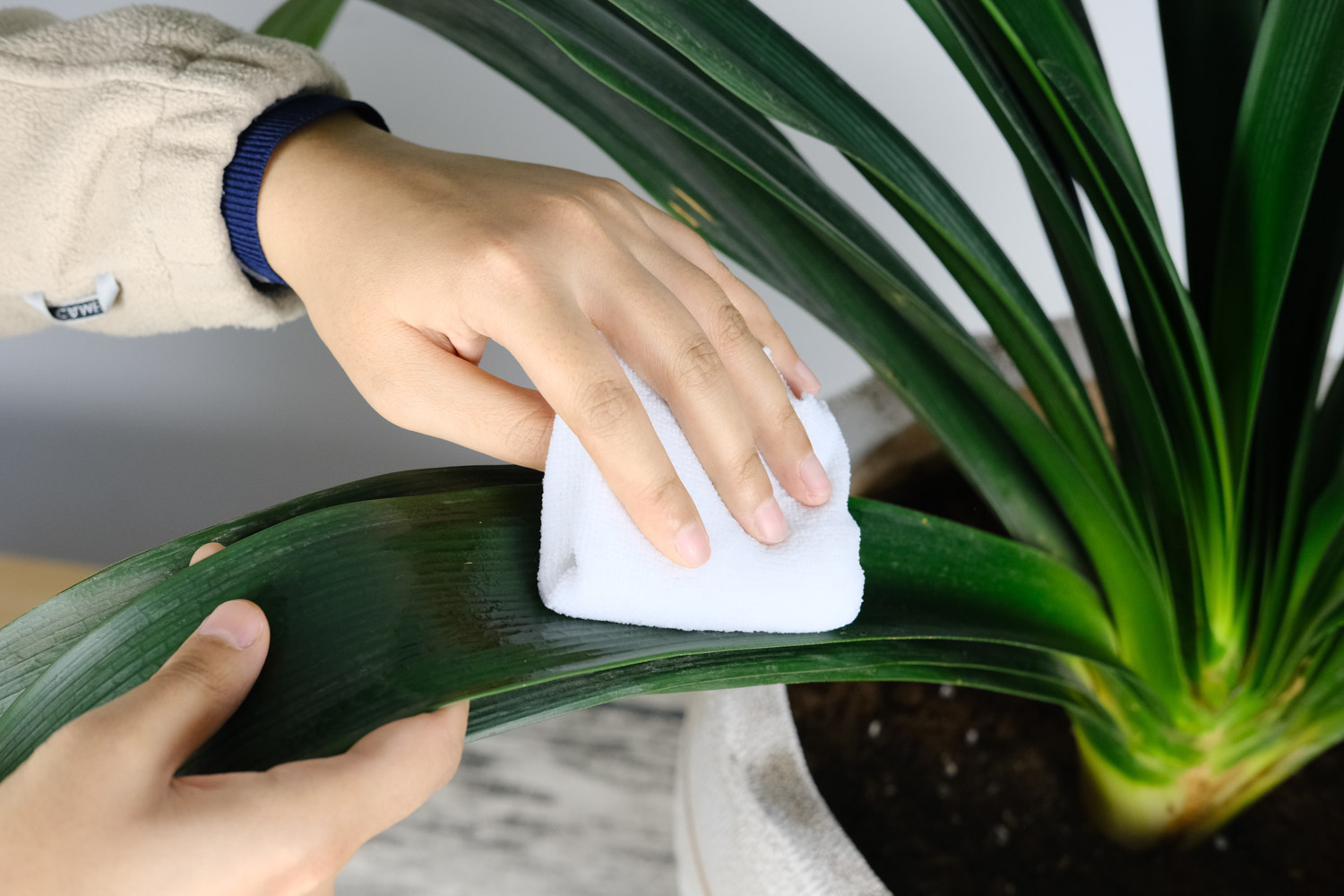
2. Wound disinfection
Apply carbendazim powder to the wound and dry it in a ventilated place for 1-2 days

3. Cushion coal block
In order to prevent more meat from rotting again, a layer of coal block shall be placed on the bottom of the basin before putting it into the basin to increase air permeability. The relatively broken coal slag can be stirred and mixed in the soil
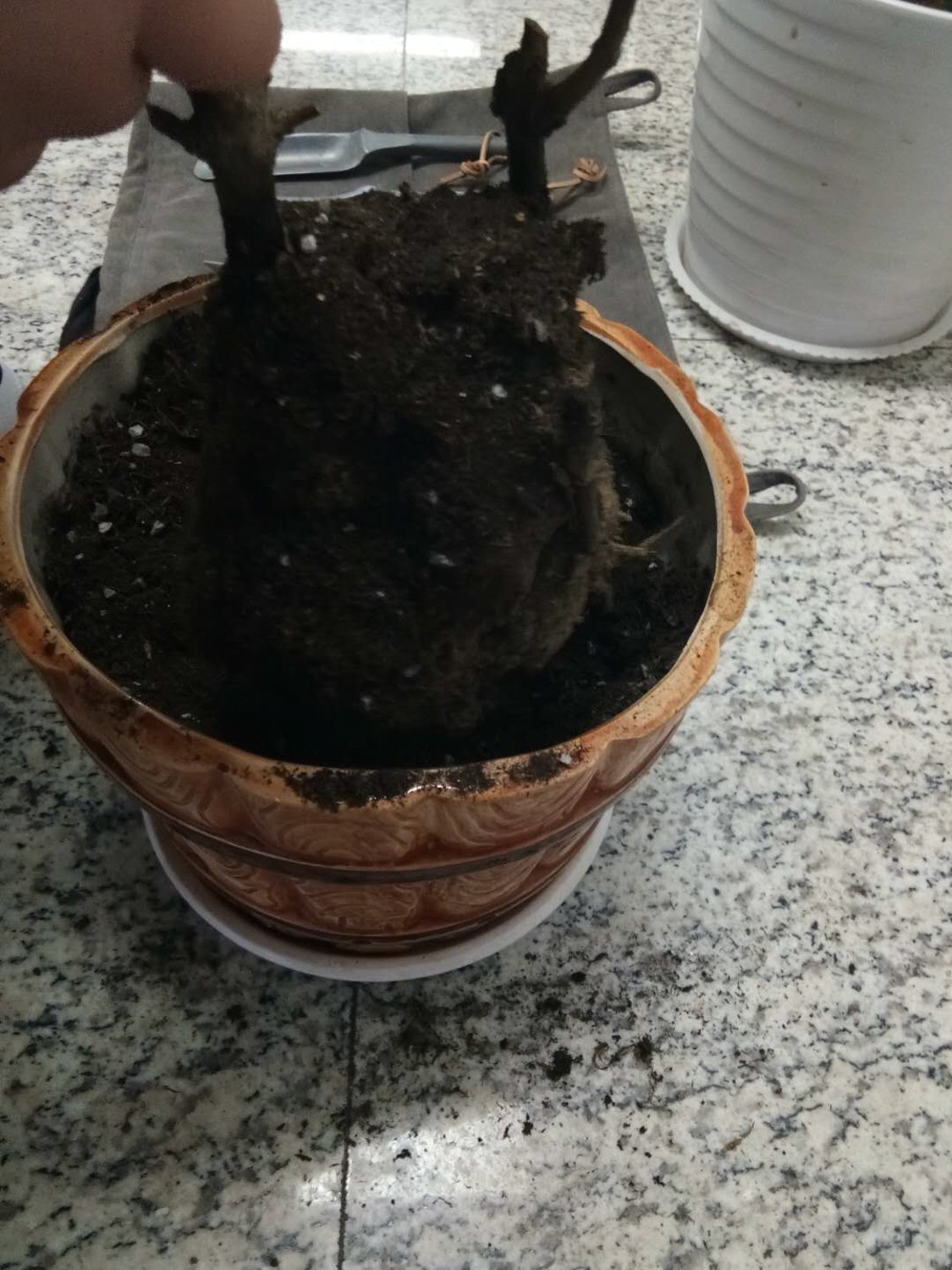
4. Soil mixing Basin
Mix the coconut bran soil and perlite in the ratio of 1:1, put the trimmed meat into the basin, and lay a layer of coarse sand on the basin surface
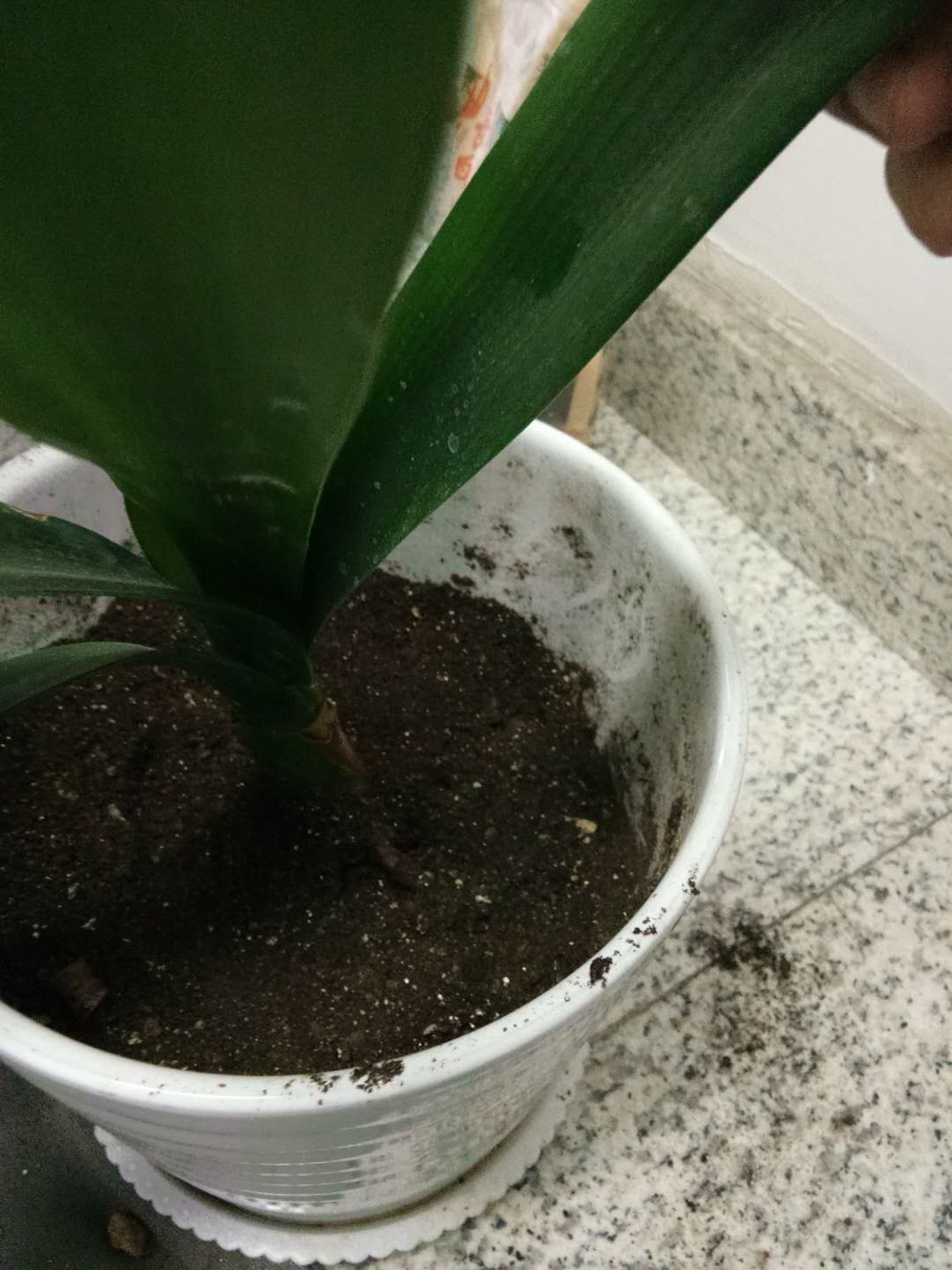
5. Astigmatism curing
After the meat is put into the basin, it shall be maintained in a well ventilated environment with astigmatism. It must not be exposed to direct sunlight, and then slowly accept the sunlight after taking the basin
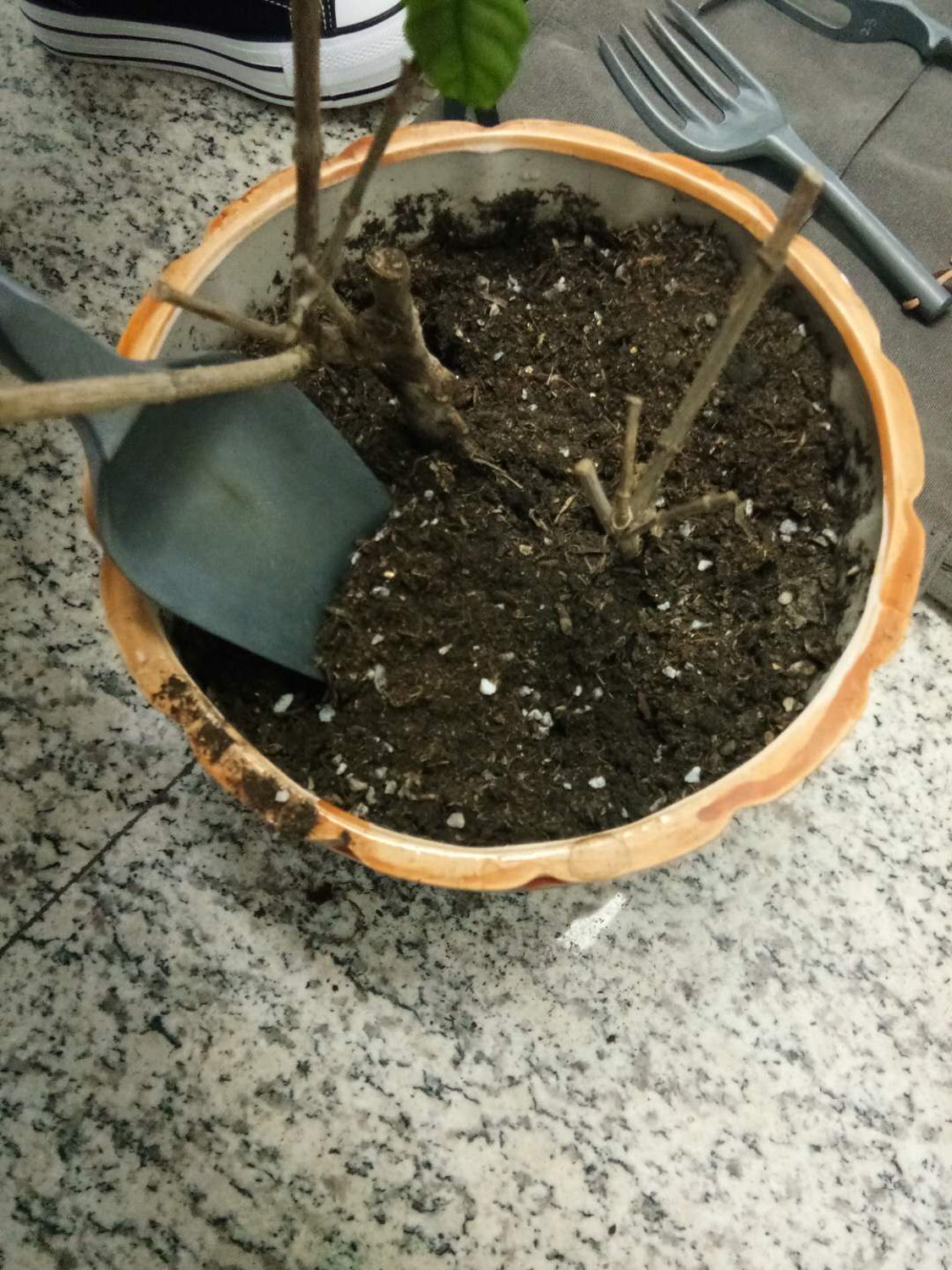
A rich tree has rotten roots
Fortune trees are easier to feed, but when the weather is hot and the temperature rises, once there is water in the basin soil, it is easy to have "stuffy roots". After a long time, fortune trees will naturally rot
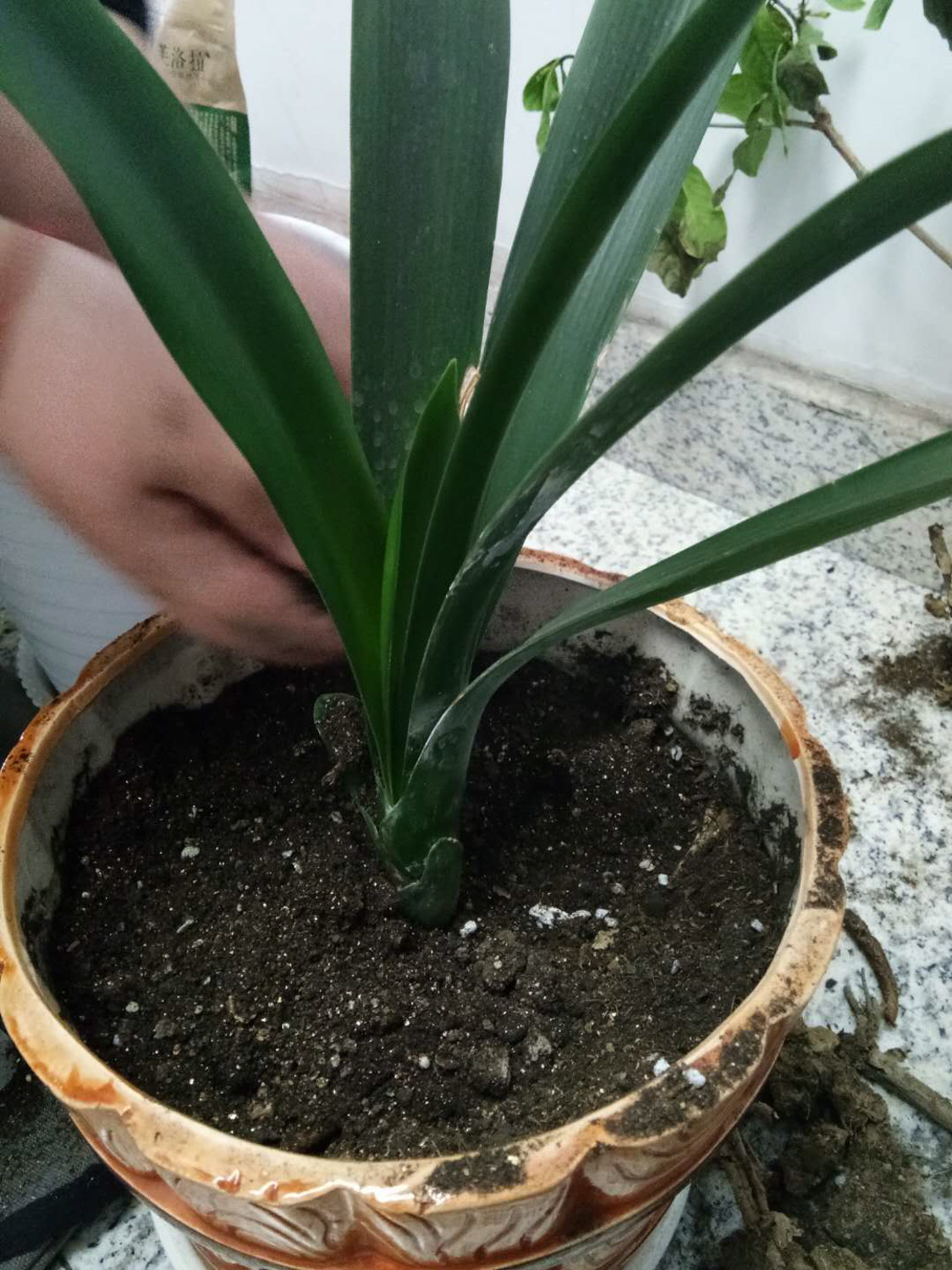
1. Dig out rotten roots
First, observe the decay of the root and dig out the rotten part with a sterilized knife
If the rot is serious, use a saw to directly cut off the rotten roots until healthy branches are exposed
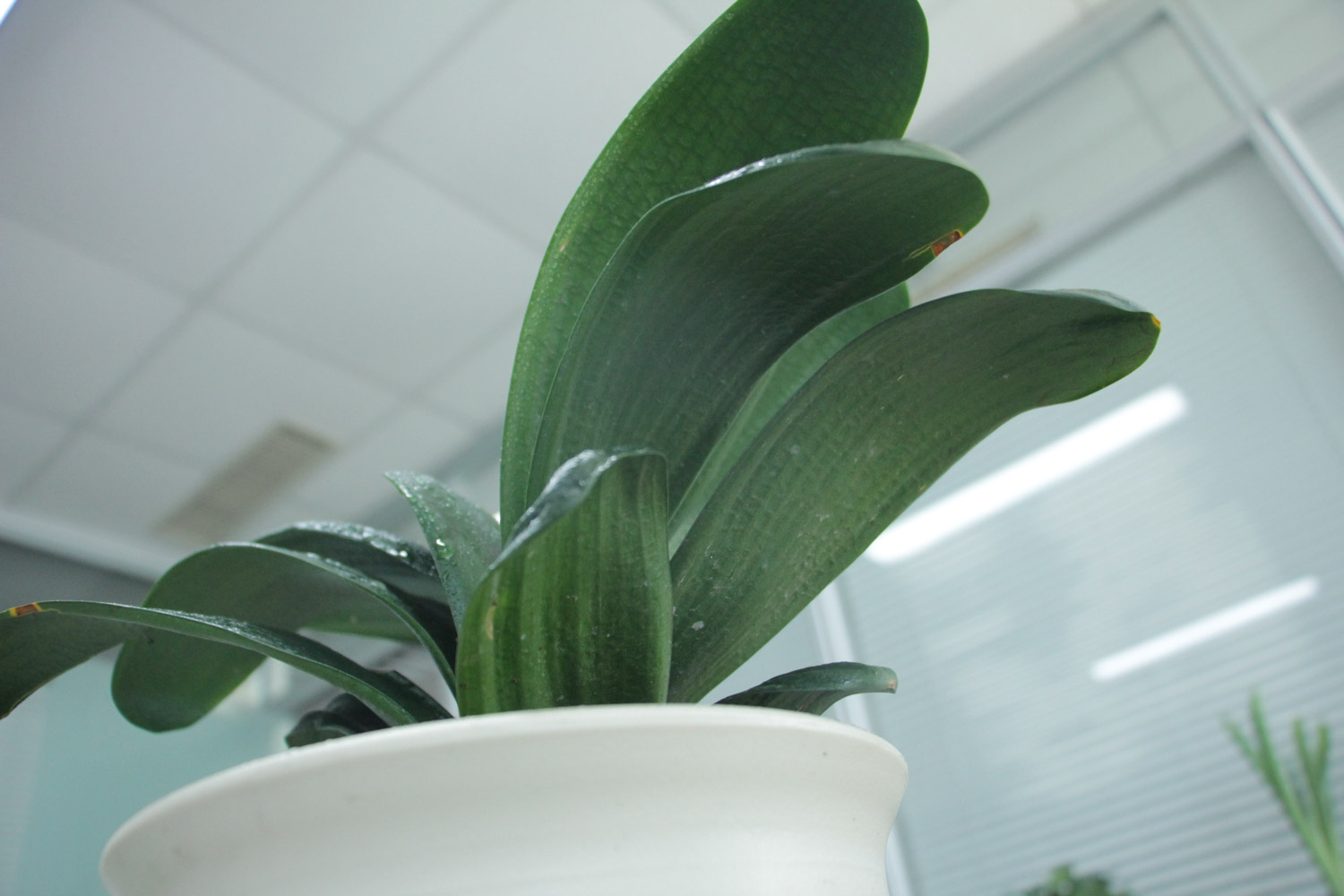
2. Soaking potassium permanganate solution
Soak the pruned fortune tree in potassium permanganate solution for more than 30 minutes
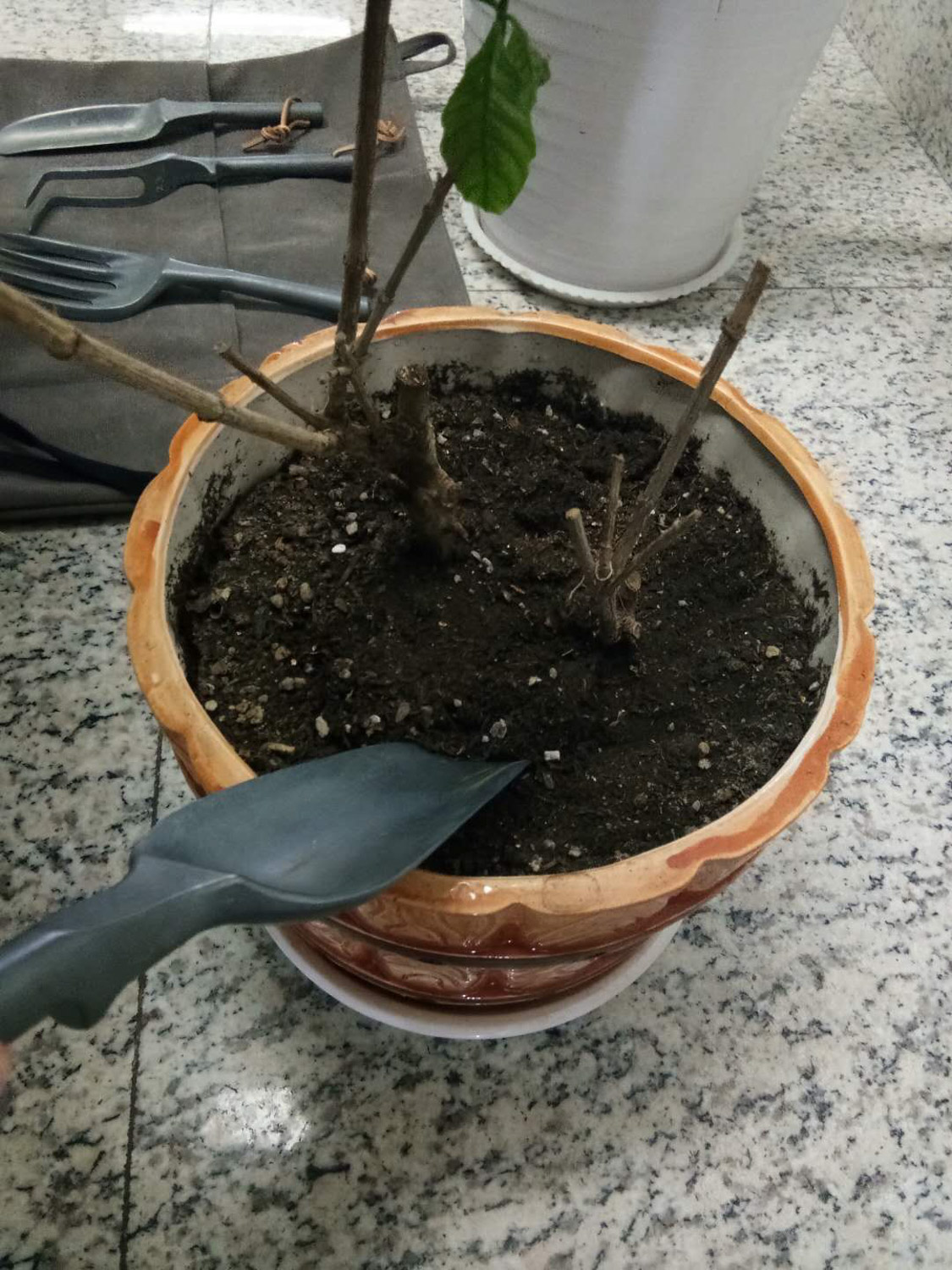
3. Disinfection and drying
Take out the soaked fortune tree, apply carbendazim powder on the wound and dry it in a cool and ventilated place
For fortune trees whose roots have been completely cut off, they can be soaked in rooting water before being put into the pot again
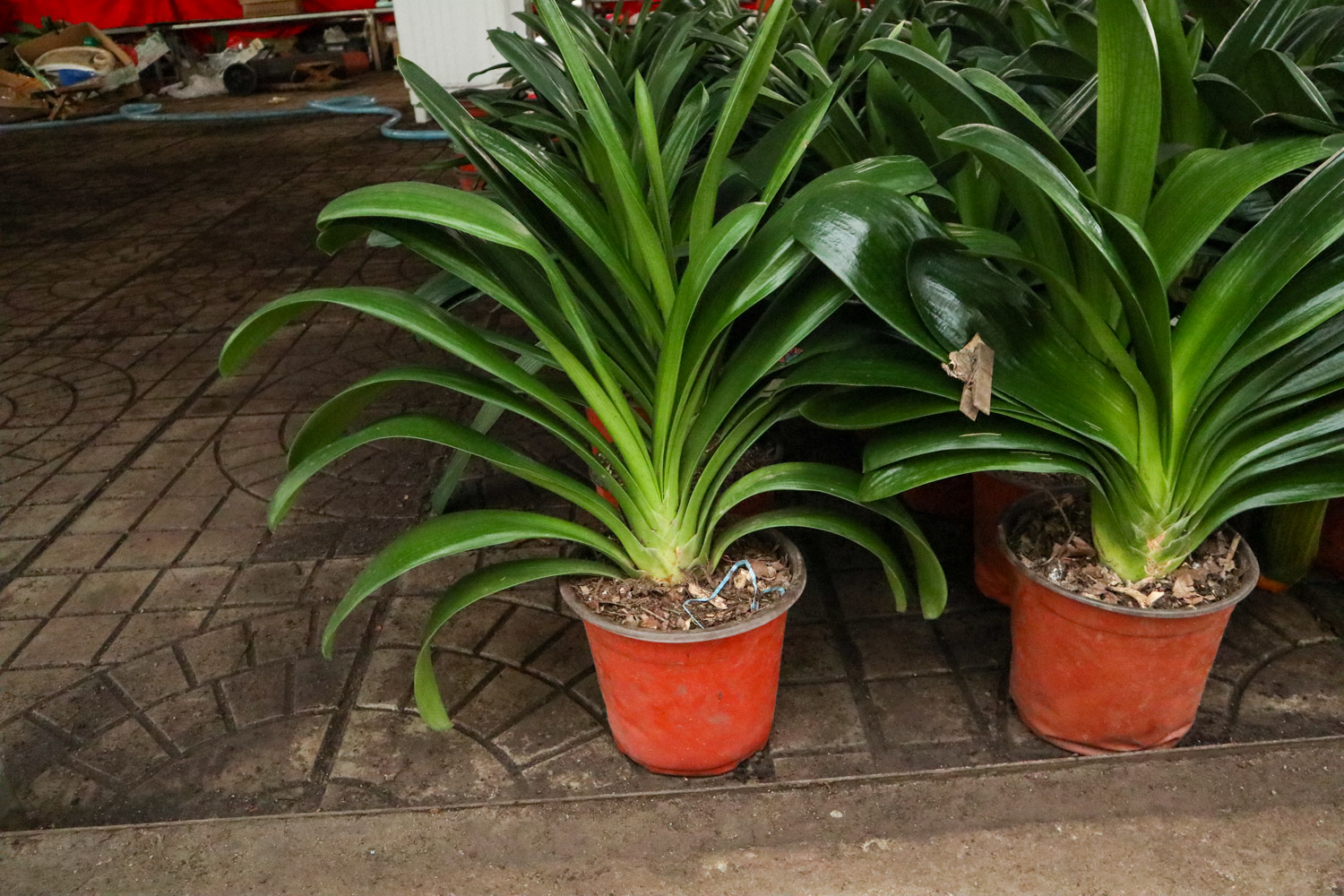
4. Cushion basin bottom
Before putting on the basin, lay a layer of broken bricks on the bottom of the basin, cut off the bottom of the mineral water bottle, and put the bottle cap in the middle of the bricks to increase air permeability and water permeability
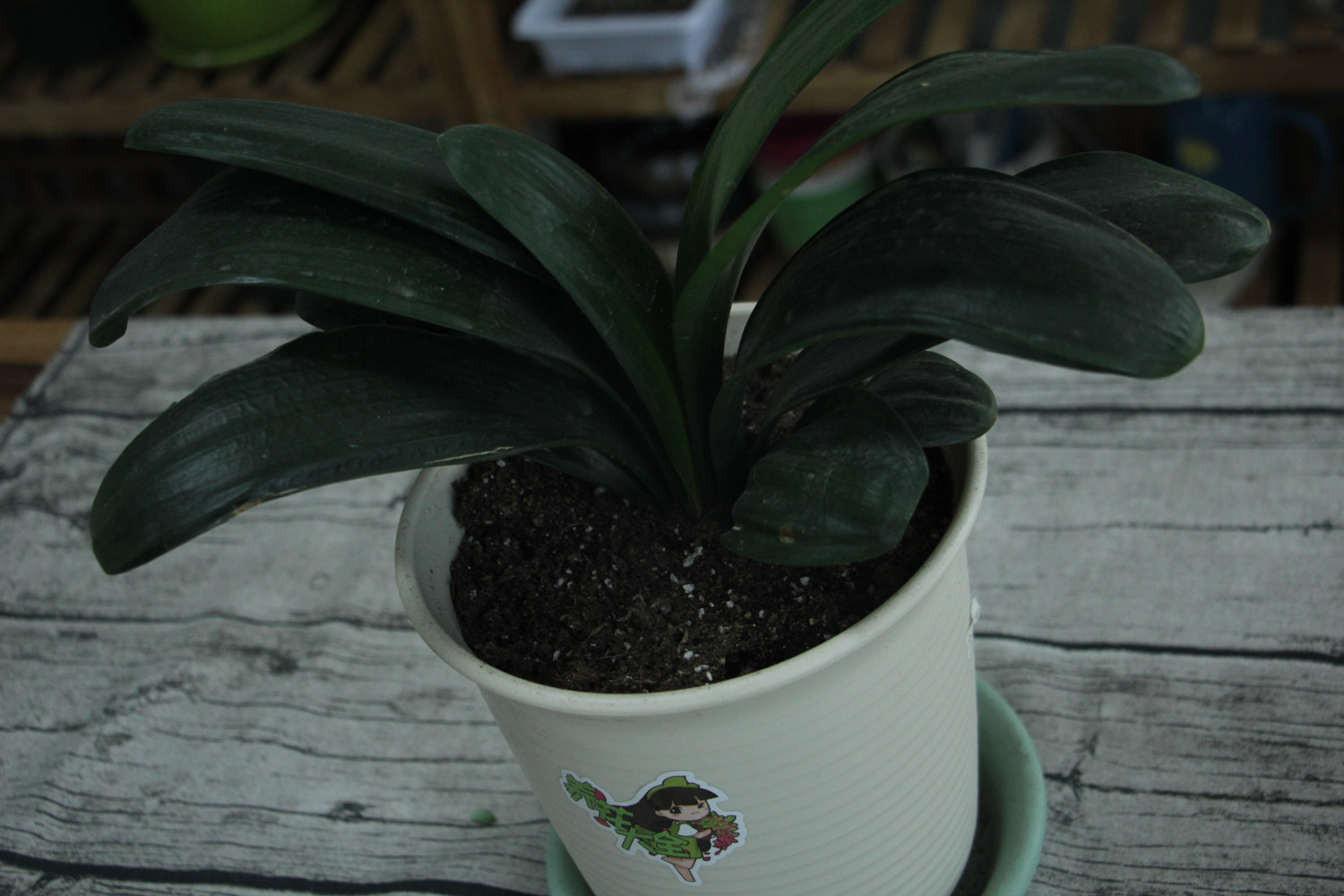
5. Soil mixing Basin
The rotten leaf soil, garden soil and river sand are mixed as nutrient soil, so that the basin soil has stronger air permeability and water permeability, so as to avoid the occurrence of rotten roots again

Gardenia jasminoides
If the weather is hot and you find that your Gardenia has yellow leaves, fallen leaves and black flower buds, you need to consider whether the Gardenia has rotten roots
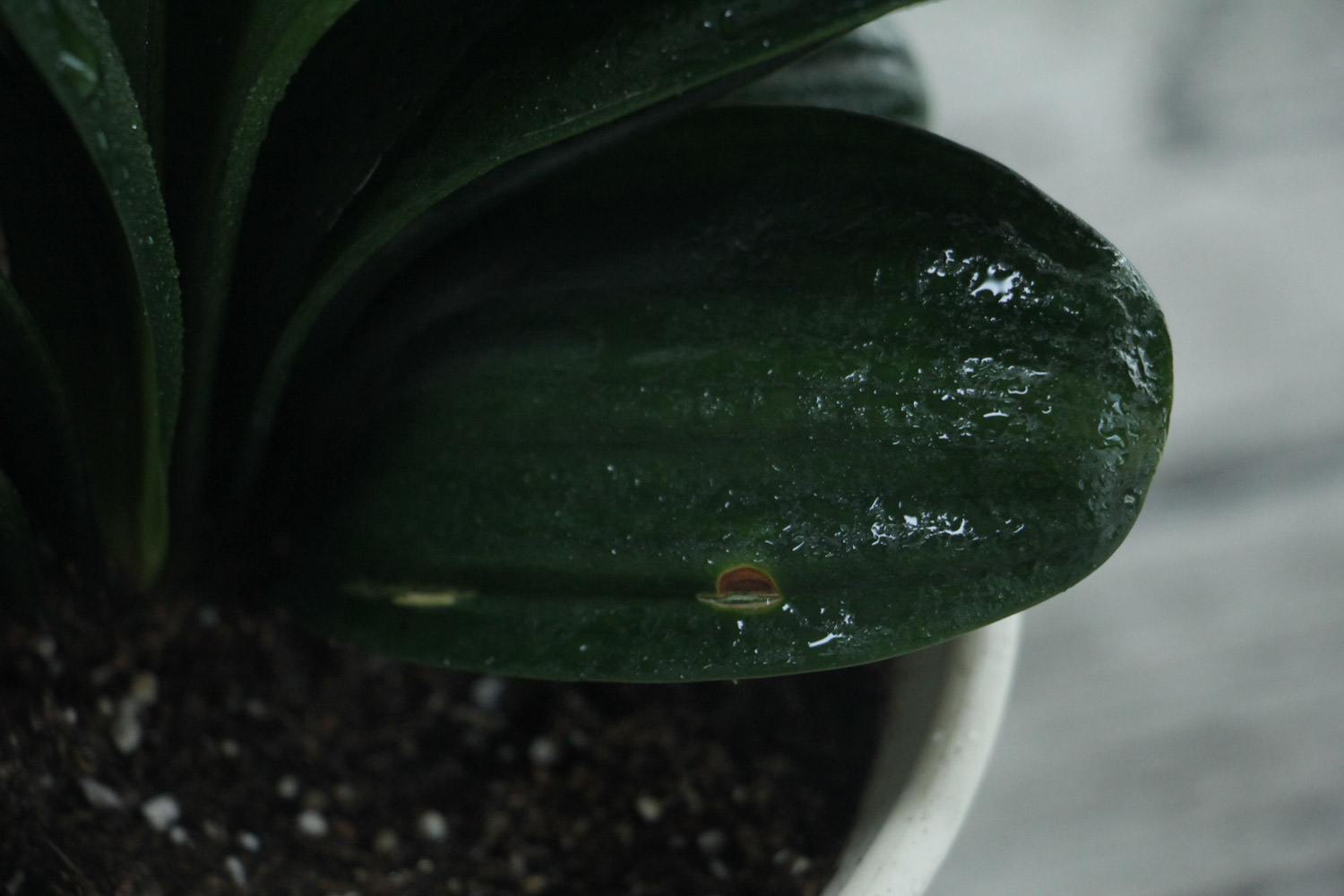
1. Debasing
Remove the rotten Gardenia from the pot, gently squeeze the root and remove part of the soil
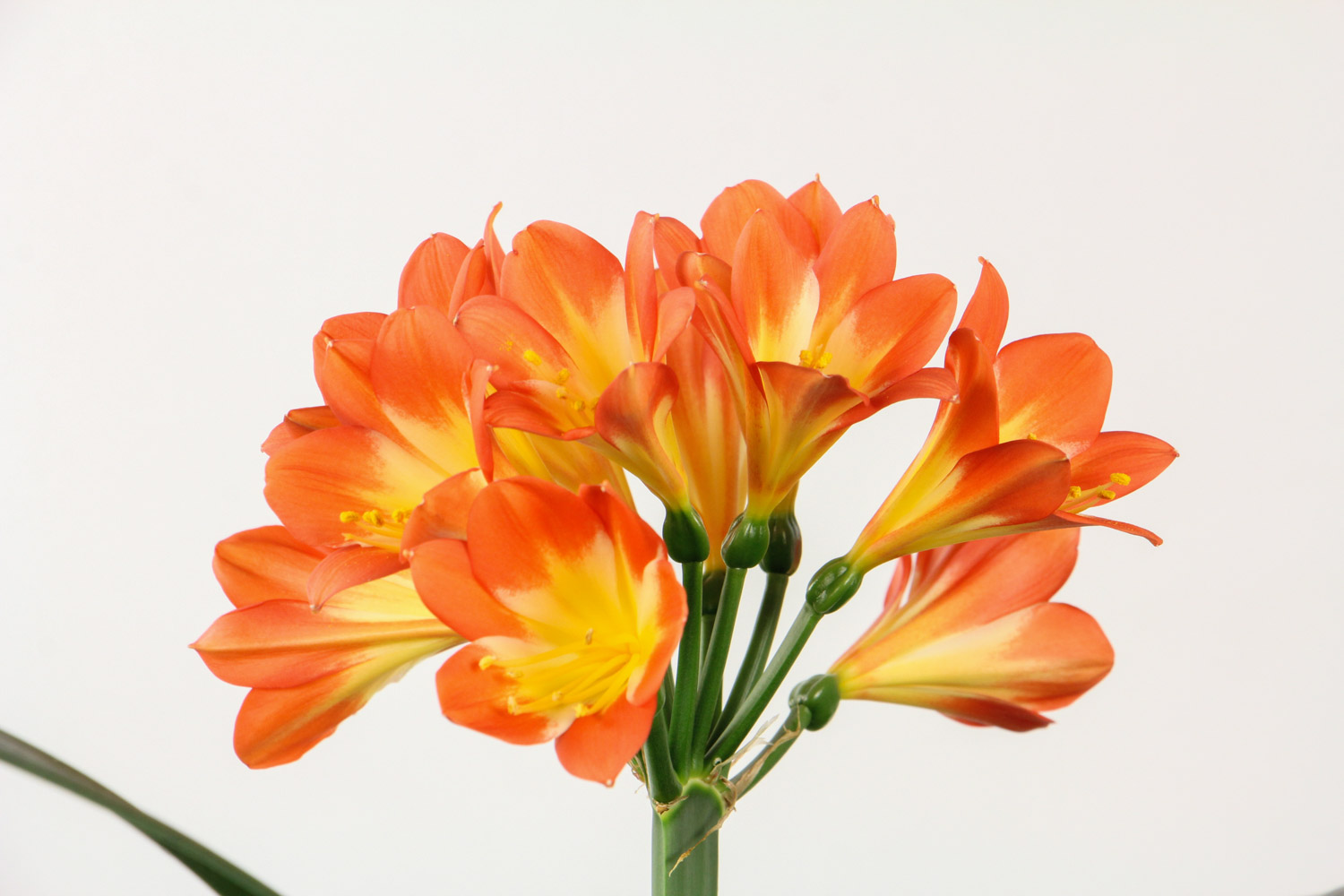
2. Remove root soil
Soak Gardenia in a large basin full of water, rub the roots with your hands, and clean the soil on the roots
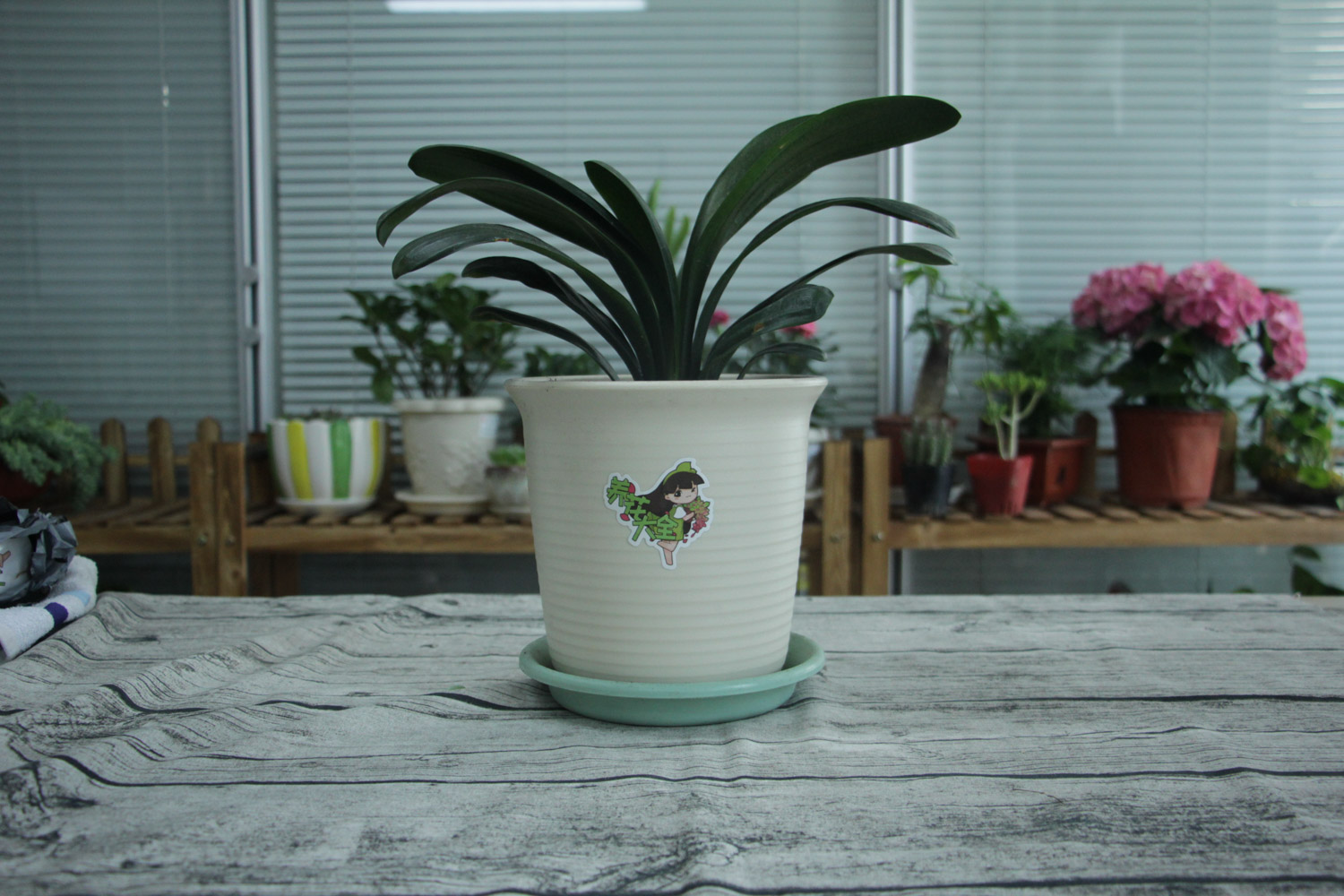
3. Pruning roots
Use sterilized scissors to cut off the rotten roots, fine roots and weak roots of Gardenia
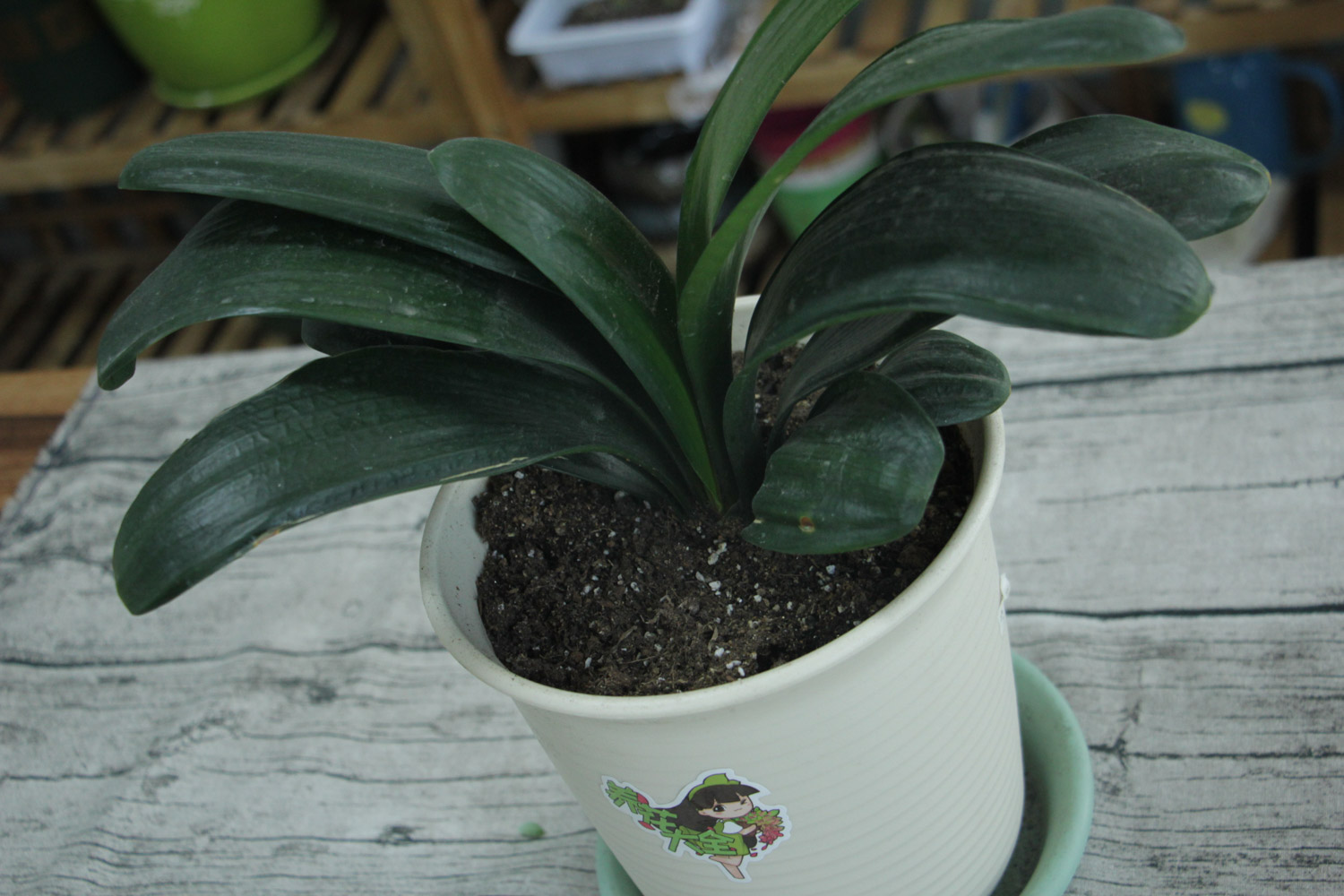
4. Cushion basin bottom
In order to prevent Gardenia from rotting again, when preparing soil, first lay a layer of broken stones or pebbles on the bottom of the basin
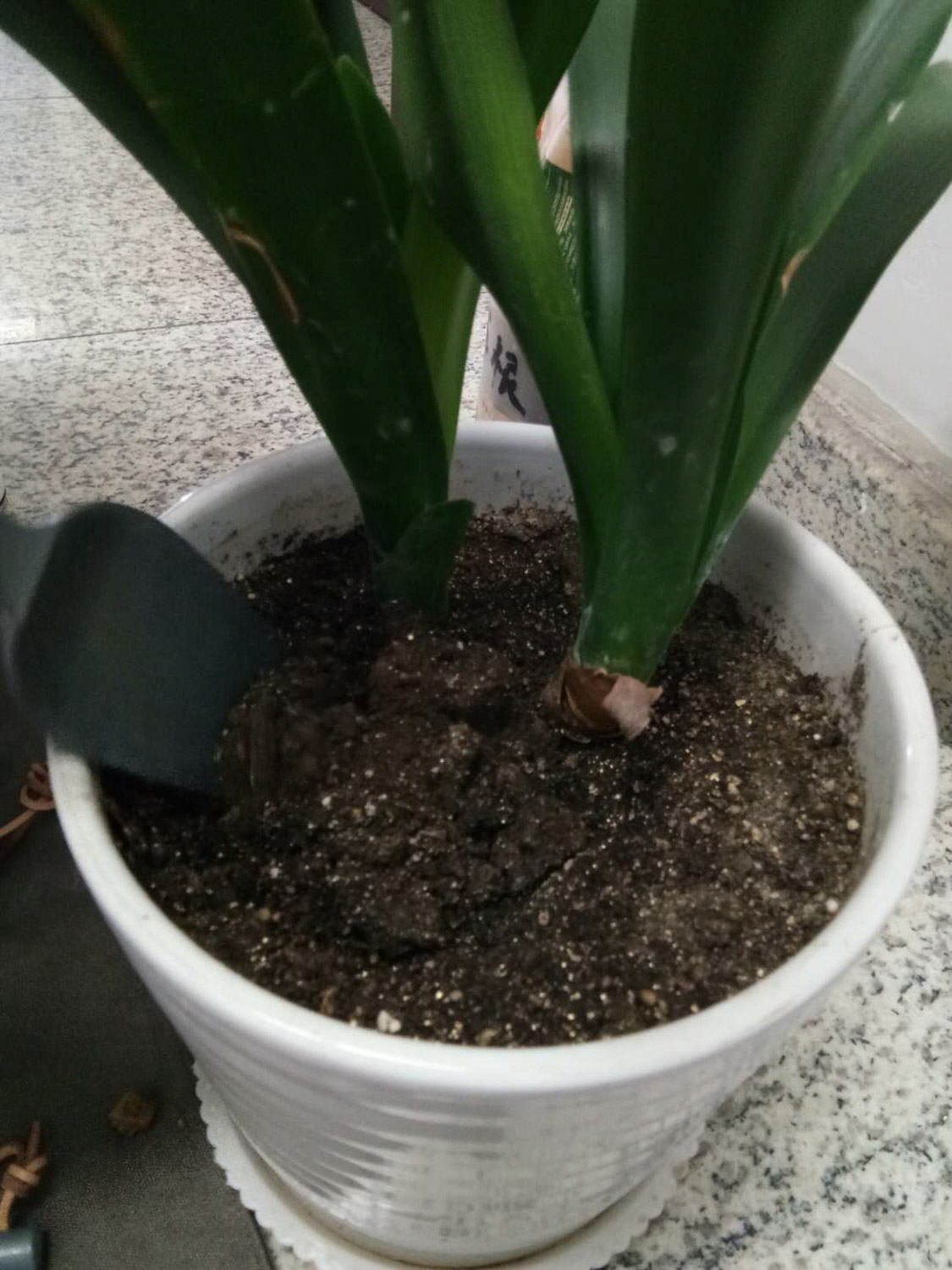
5. Upper basin curing
After putting into the basin, pour the basin soil thoroughly with clear water and rooting powder. Cover the plants with plastic bags, put them in a cool and ventilated place, and turn on the water spray every day
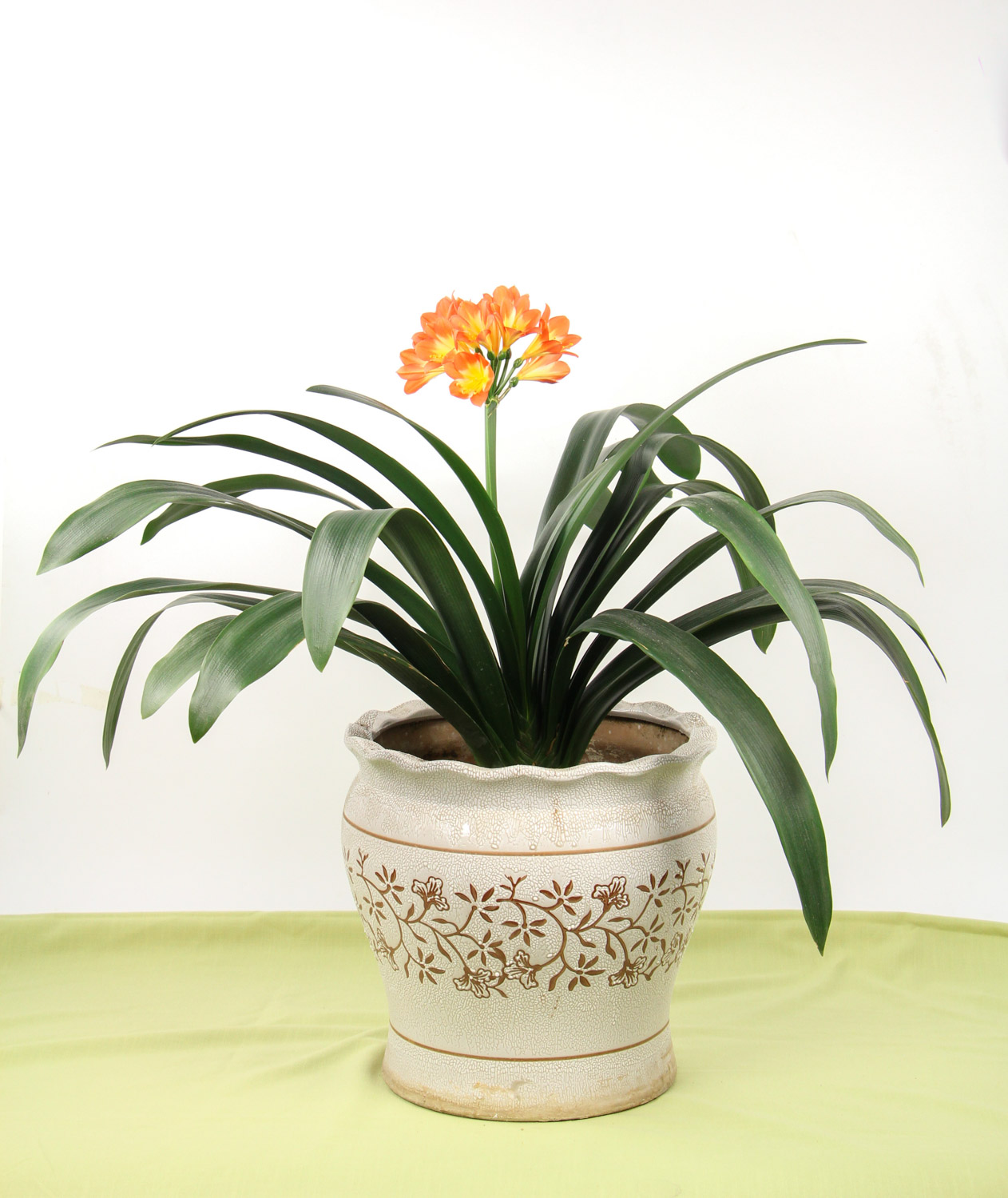
Clivia
In summer, if you can't control the hand of watering flowers, you are throwing Clivia into the "sauna room". High temperature, stagnant water and lack of ventilation, the root rot of Clivia is a matter of minutes
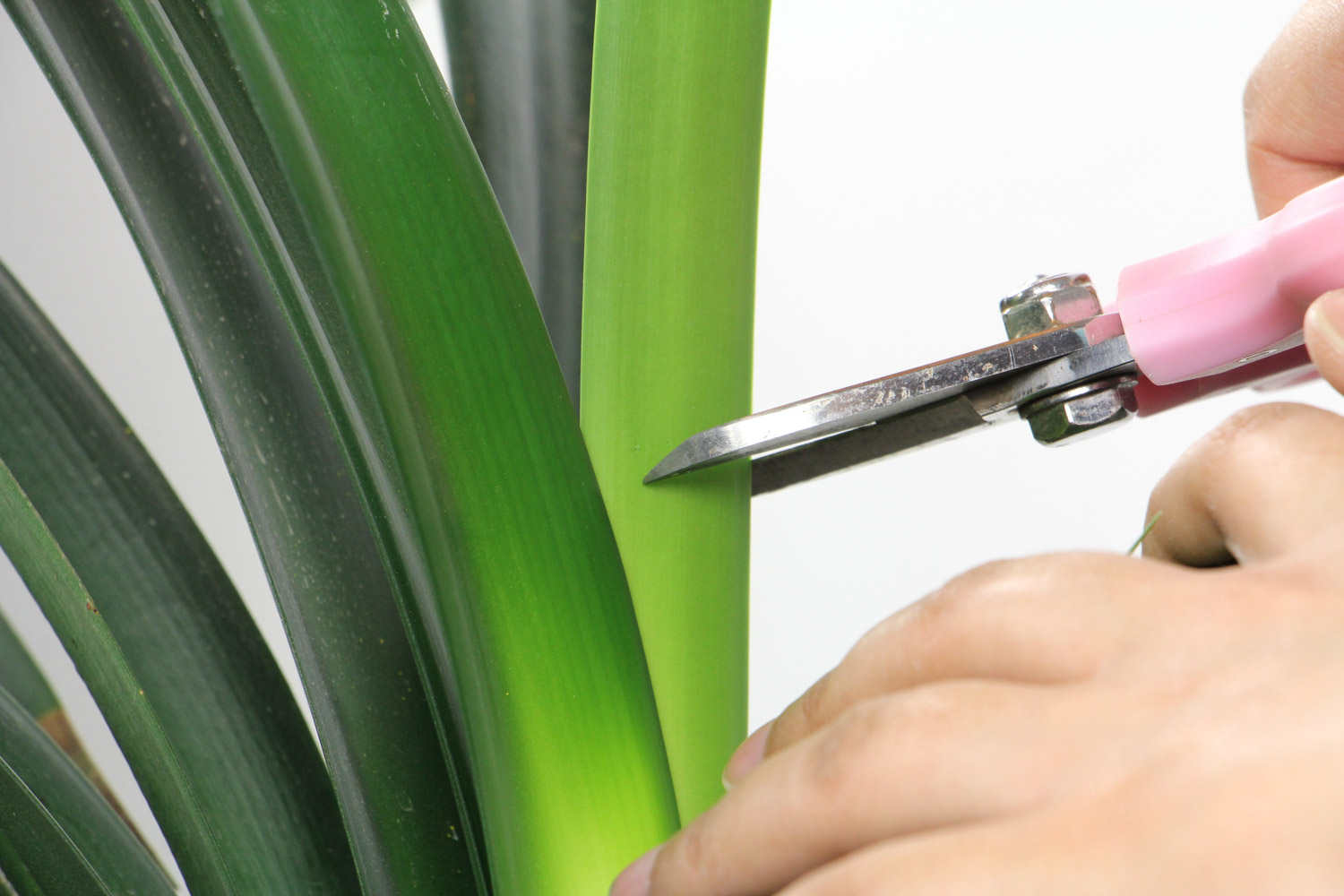
1. Debasing
Remove the Clivia from the pot soil and clean up the soil at the root
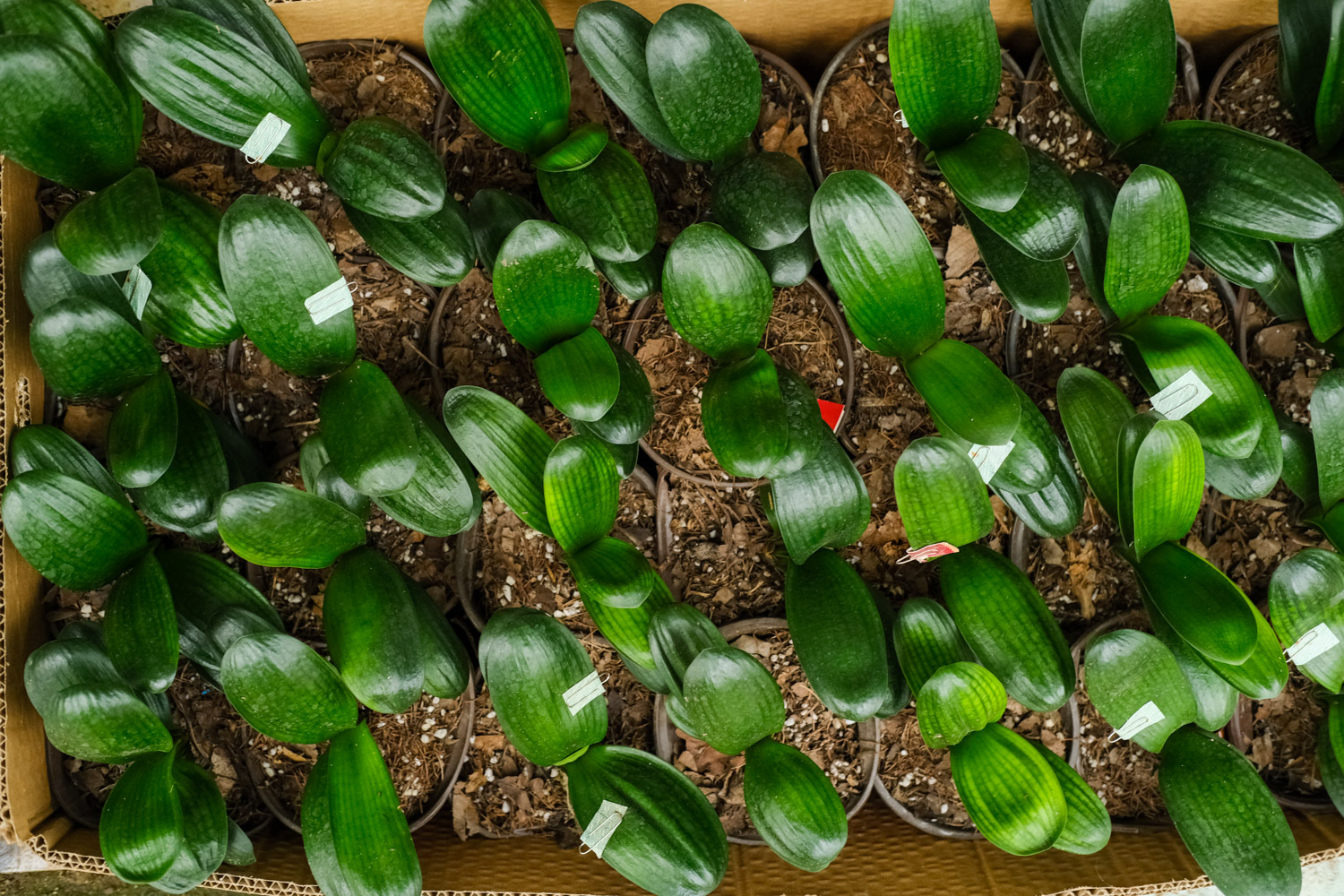
2. Pruning roots
Cut off the rotten roots with sterilized scissors until the cross section is clean white. If the Clivia is free, the roots should also be cut off
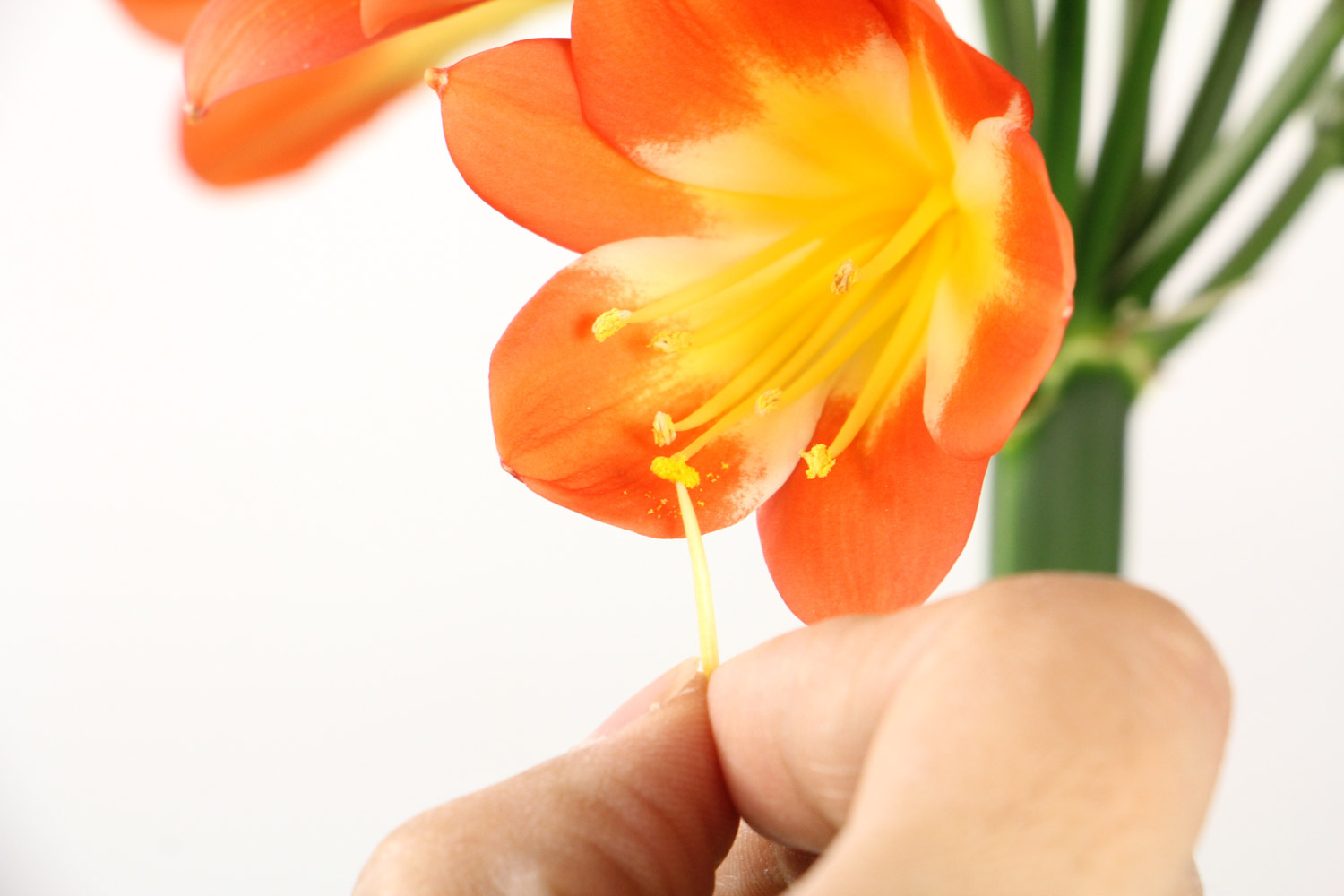
3. Soaking potassium permanganate solution
Soak the pruned Clivia in potassium permanganate solution for about half an hour. After soaking, take it to a ventilated place to dry
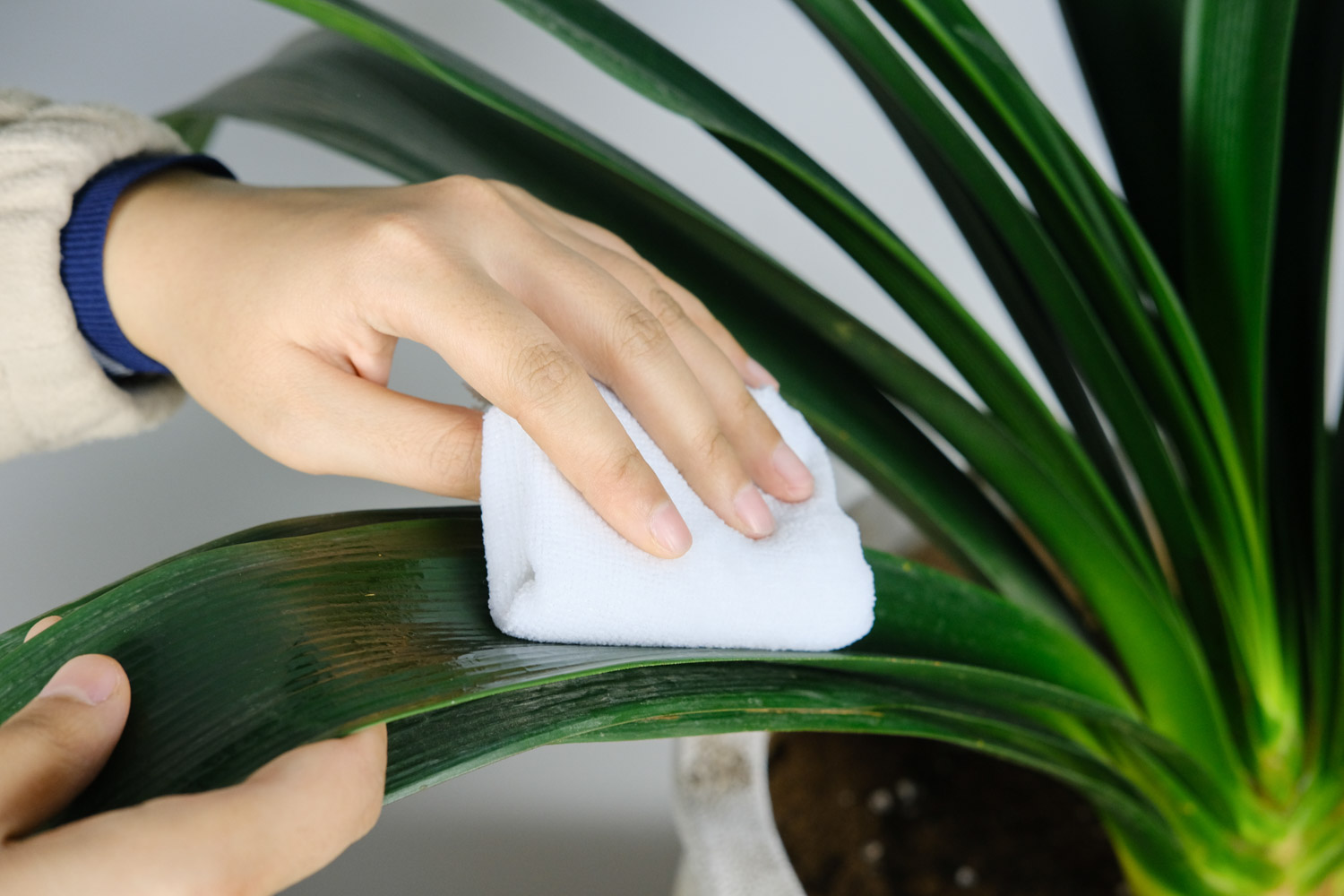
4. Cushion basin bottom
In order to prevent the roots of Clivia from rotting again, a layer of pine tower should be placed on the bottom of the basin before putting it into the basin, and the pine tower should be dried in advance
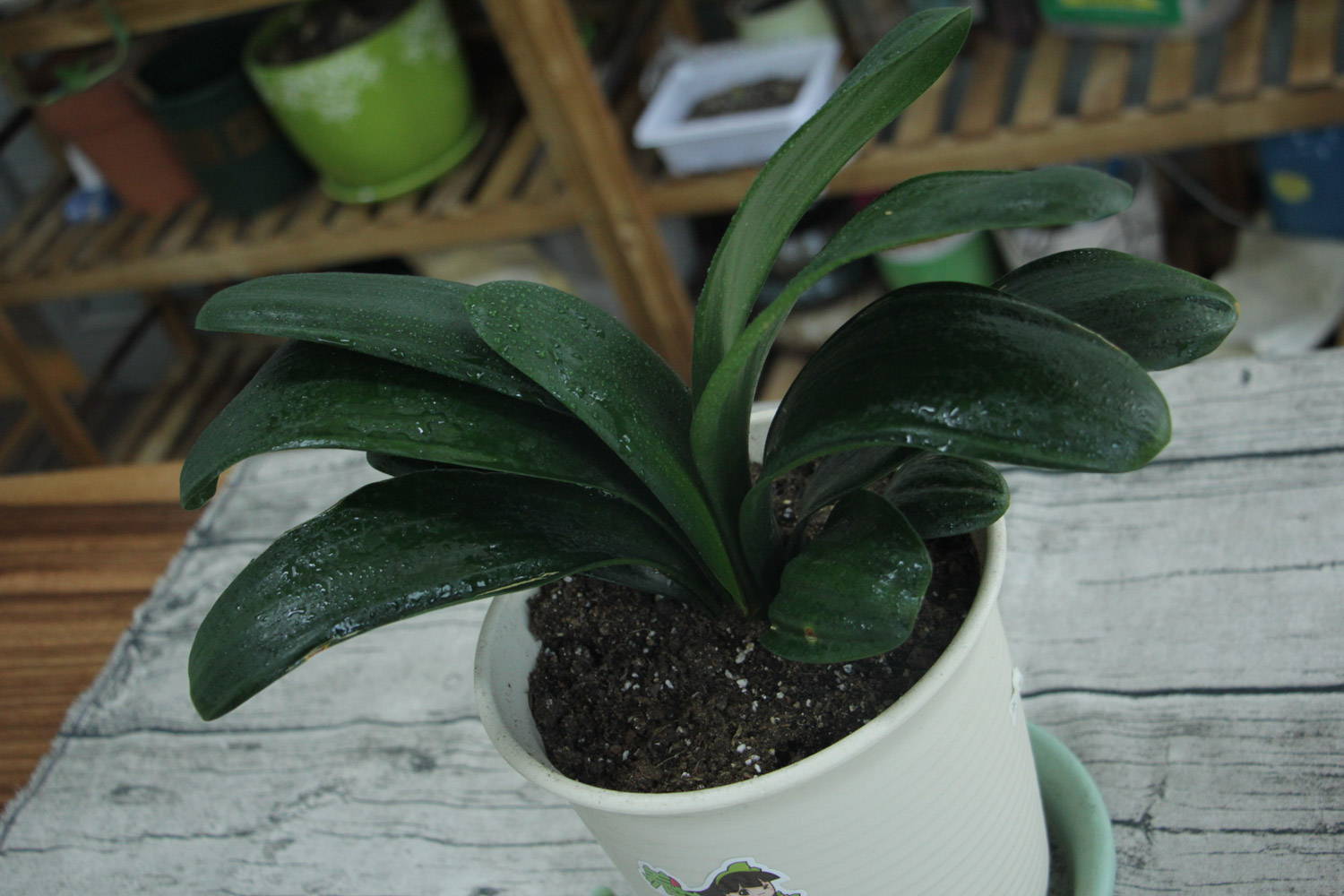
5. Soil mixing Basin
Flower friends can choose to mix rotten leaf soil, river sand and cinder into basin soil to plant Clivia. After putting it into the basin, put the Clivia into a well ventilated astigmatism environment for maintenance
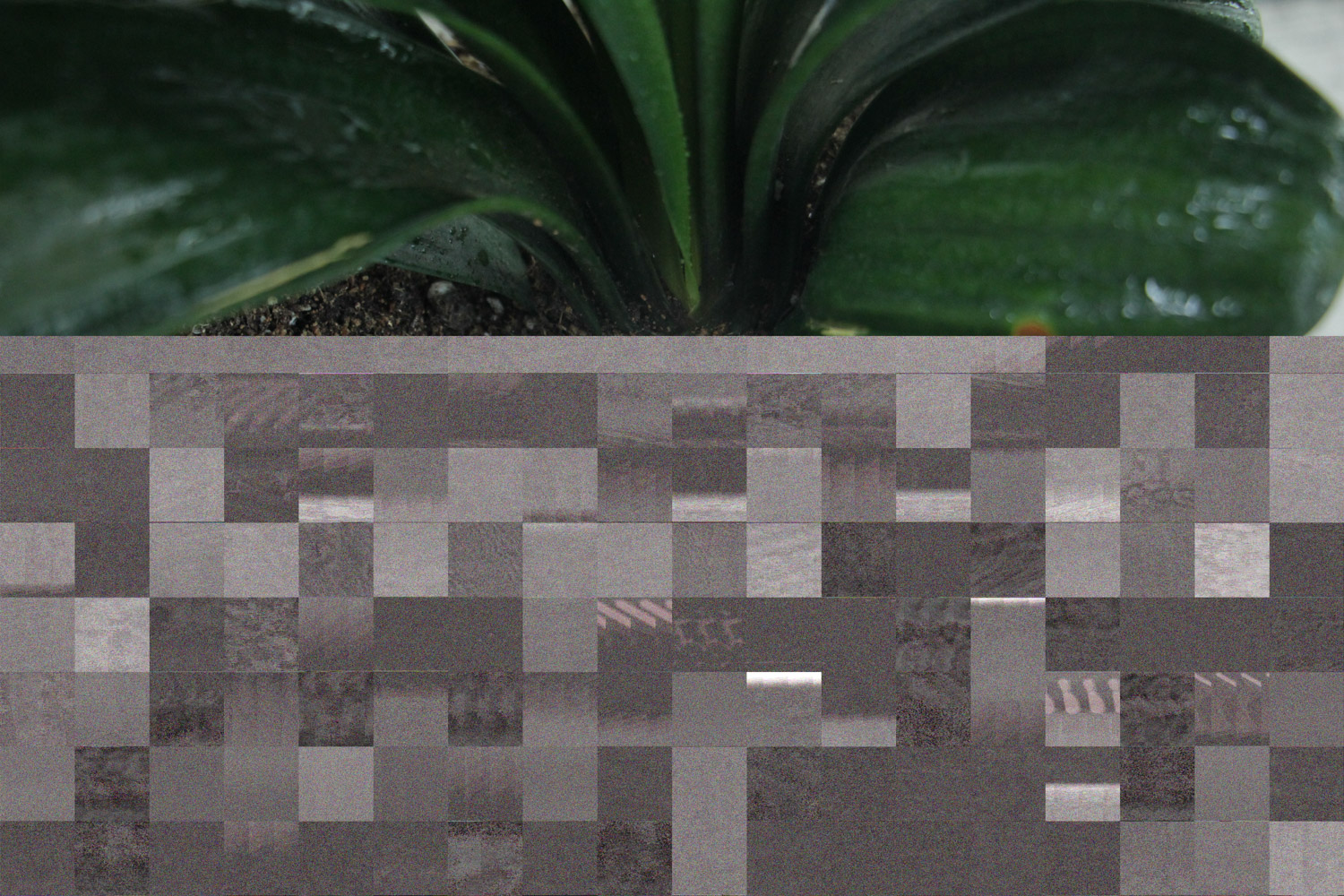
Orchid
The orchid itself is difficult to maintain. As the saying goes, "it takes ten years to cultivate orchids and water them.". The hot summer is even more difficult for the maintenance of orchids. Once the water is not properly watered, the orchids will rot
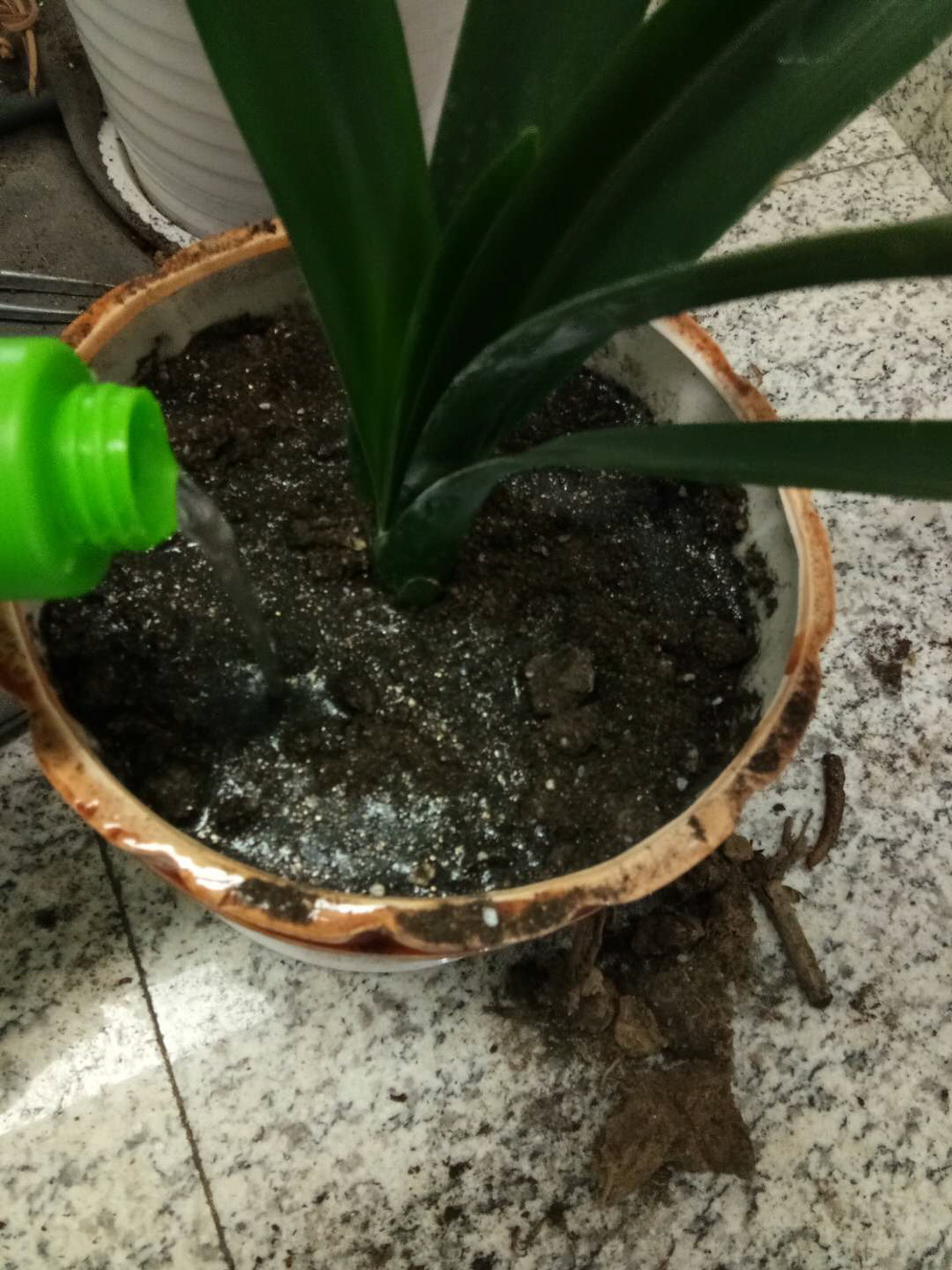
1. Decant and root washing
Take the orchid out of the basin and wash the root with clean water
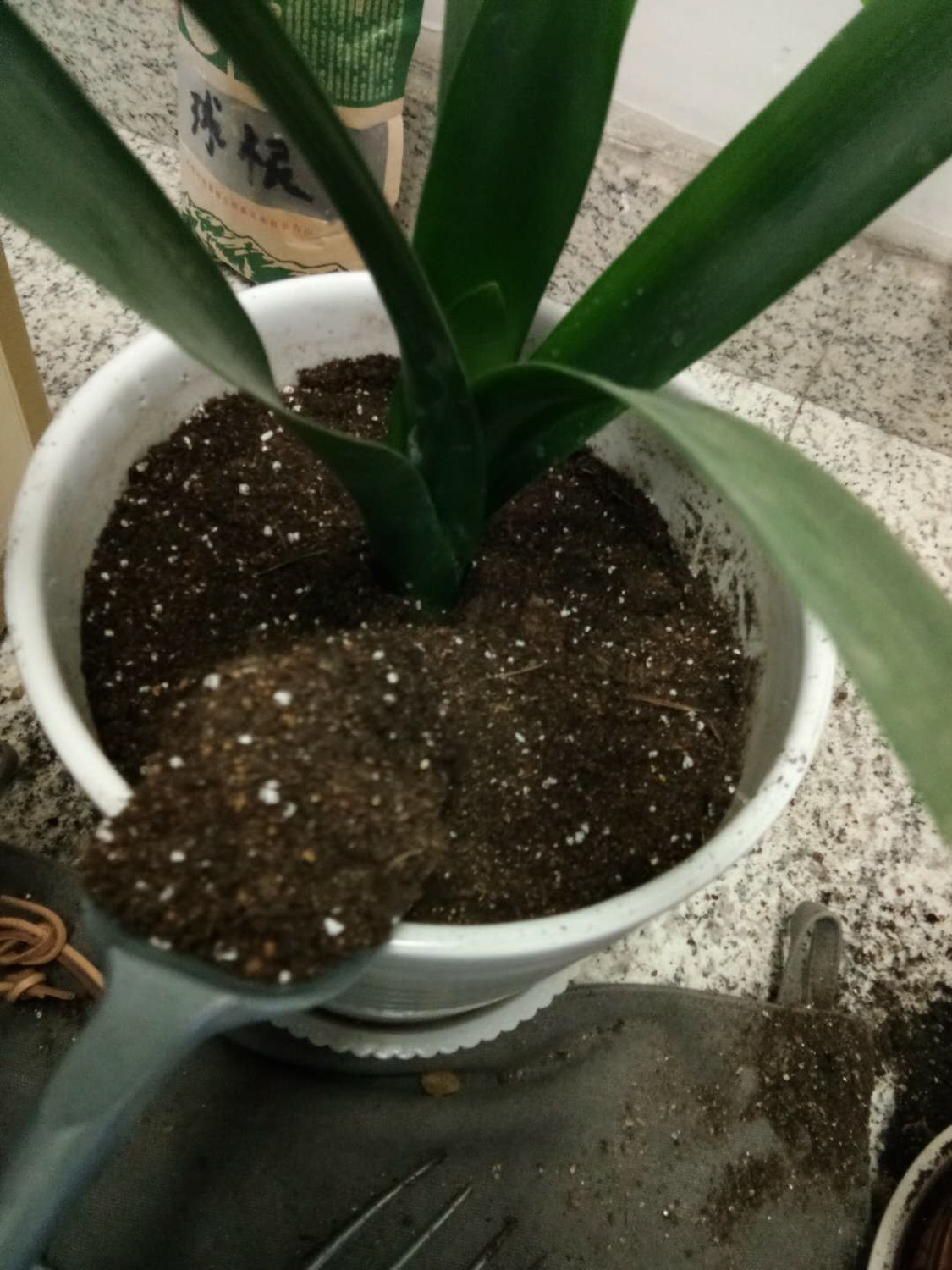
2. Trim root
The scissors shall be disinfected in advance, and then the rotten roots of orchids shall be cut off. If there are weak roots and fine roots, they shall also be cut off together
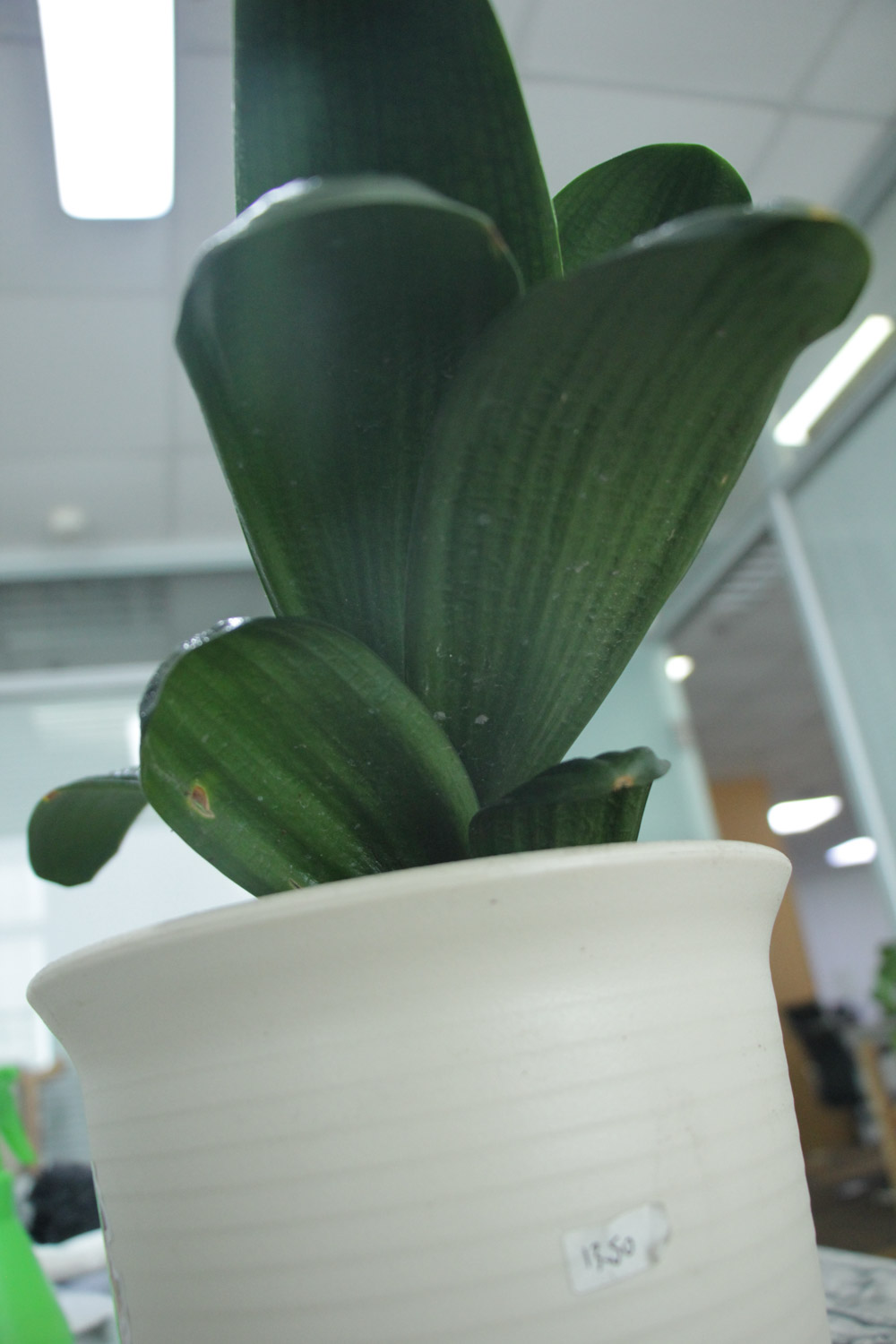
3. Immersion disinfection solution
Soak the trimmed orchids in carbendazim solution for more than half an hour
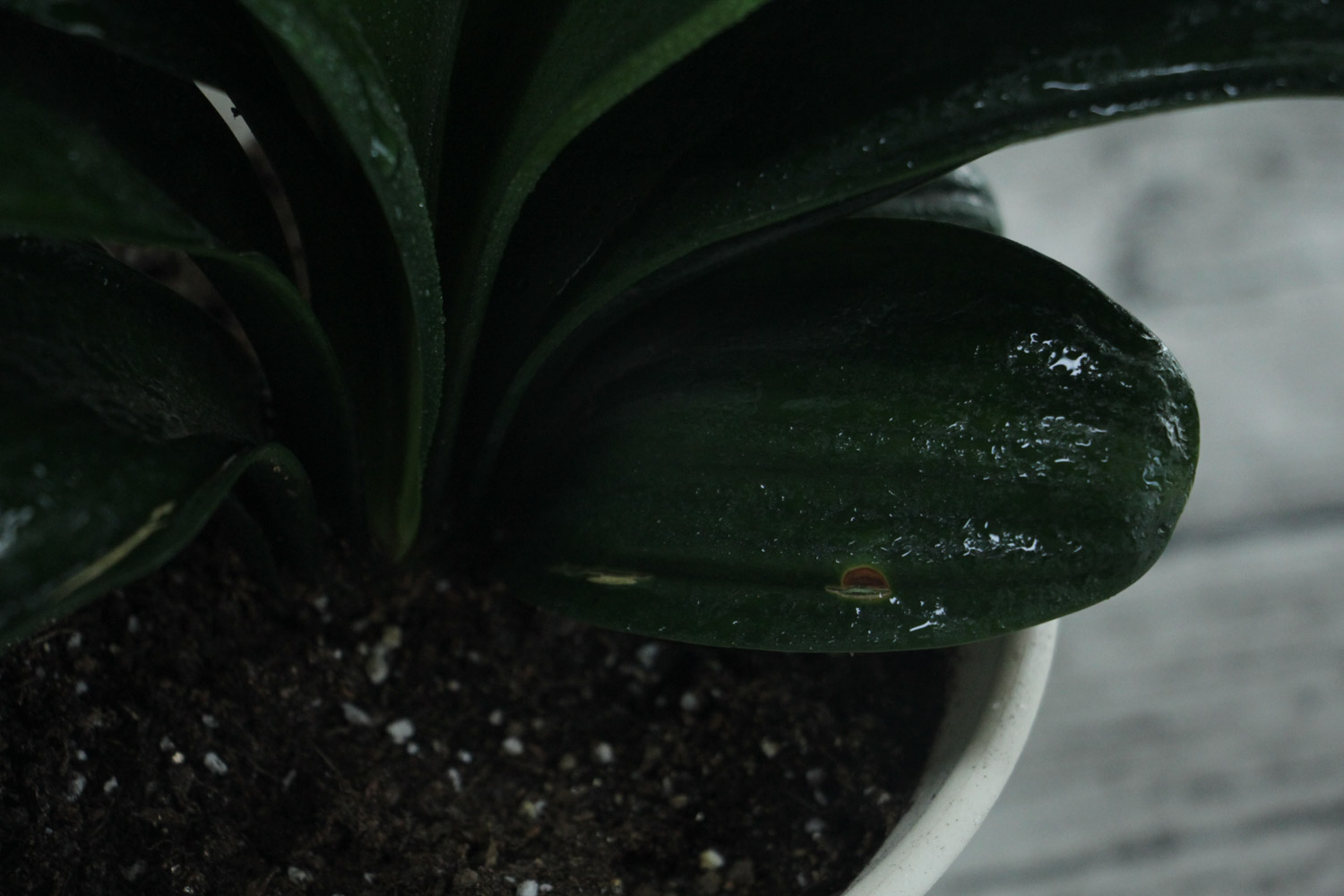
4. Coated with water moss
Soak the water moss for about 20 minutes, and then squeeze out the water in the water moss. Don't squeeze it too dry. Gently wrap it around the root of the orchid, don't wrap it too tightly
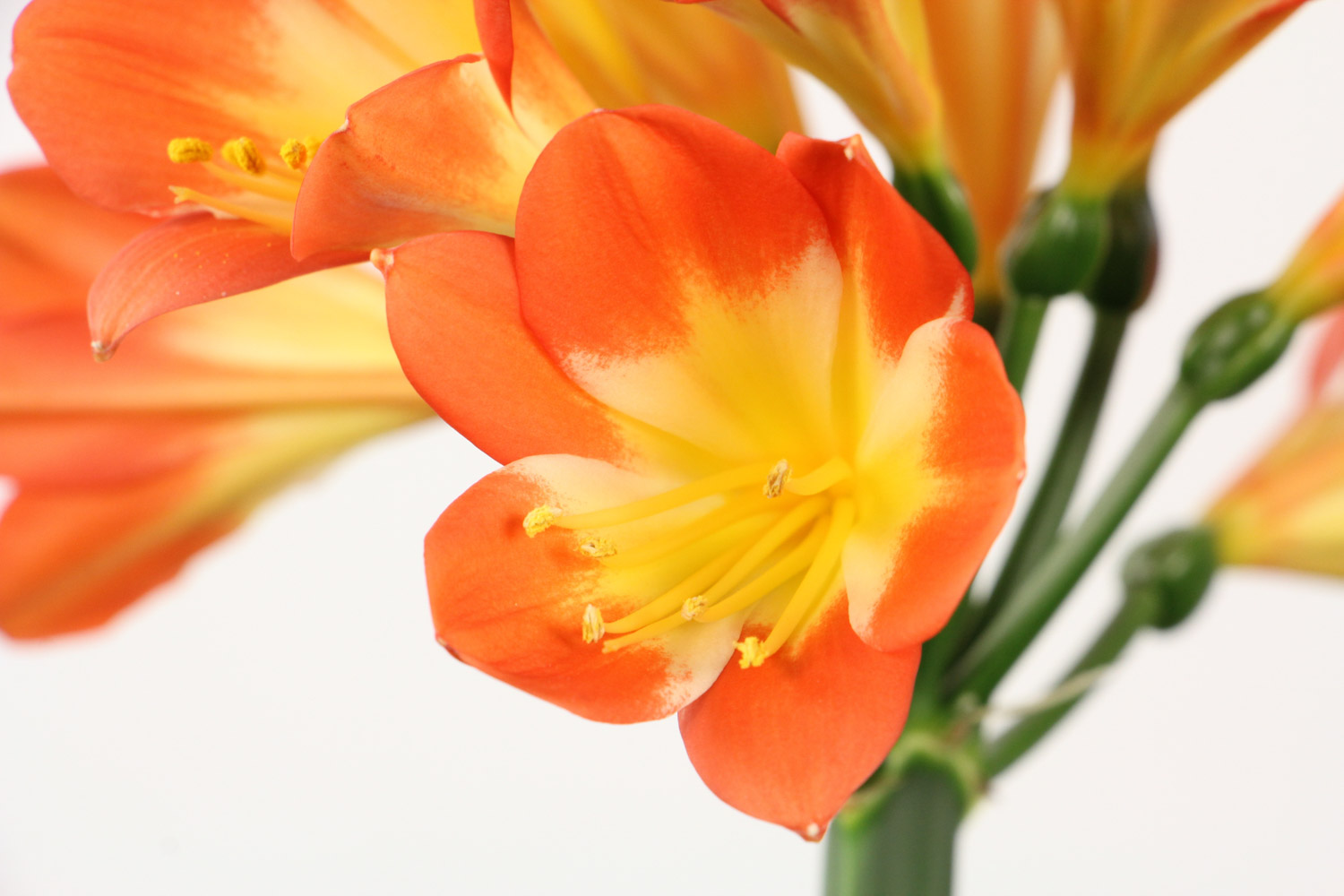
5. Cushion basin bottom
Crush the leftover walnut, pine nut and other nut skins into small pieces and throw them into the flowerpot to increase the water permeability
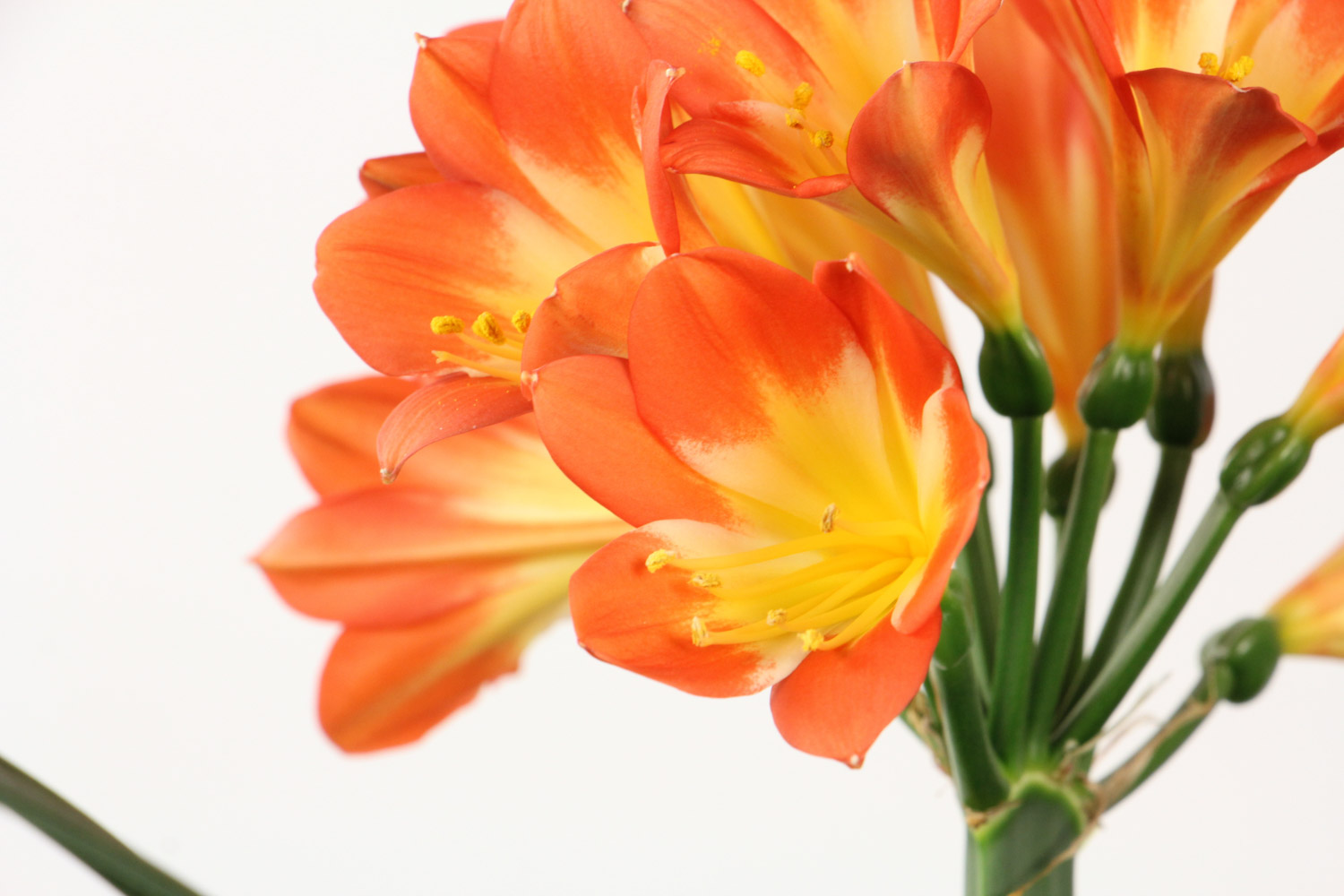
6. Upper basin curing
Orchids like loose and breathable soil. Flower friends can mix rotten leaf soil and sandy soil in the proportion of 7:3 as nutrient soil. Don't pour water after putting on the basin. First put it in a ventilated and cool place to slow the seedlings
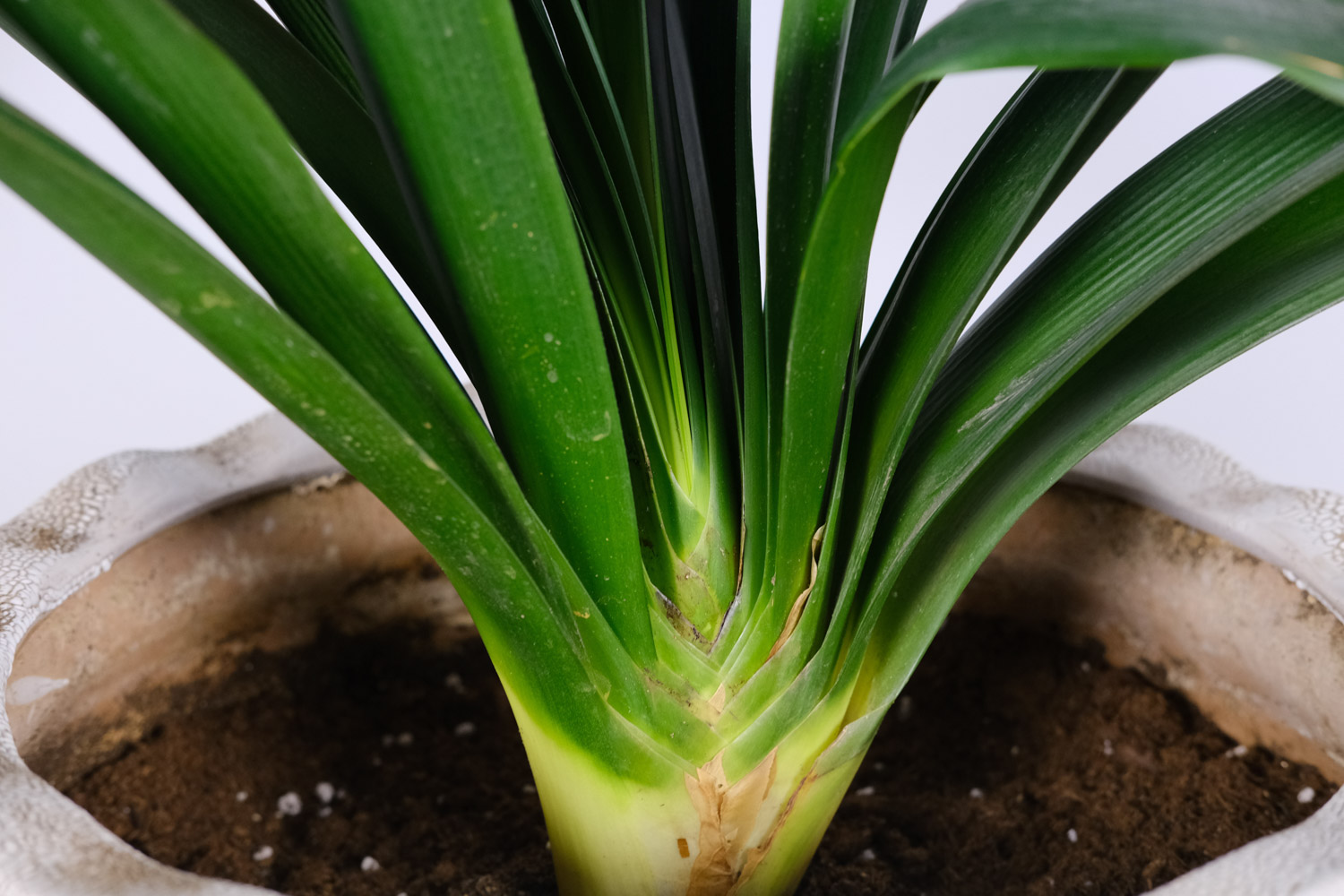
Do your flowers have rotten roots
If so, hurry and start saving
If you have other questions, you can leave a message to Huahua~

 What is the reason f...
What is the reason f...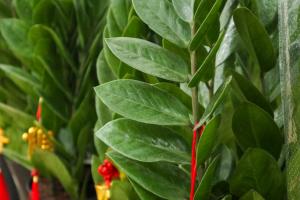 The "money tree...
The "money tree...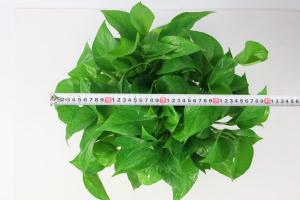 What is the reason f...
What is the reason f... Will the green pinea...
Will the green pinea...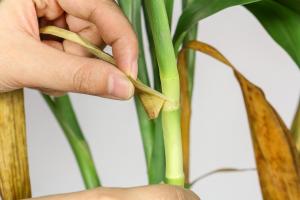 Why does Fuguizhu ha...
Why does Fuguizhu ha...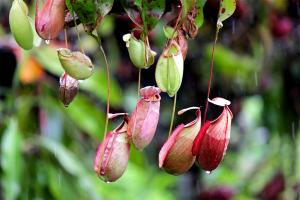 What about the rotte...
What about the rotte...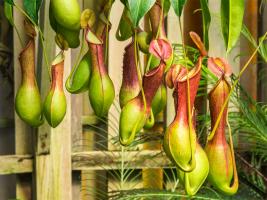 Characteristics of r...
Characteristics of r...




